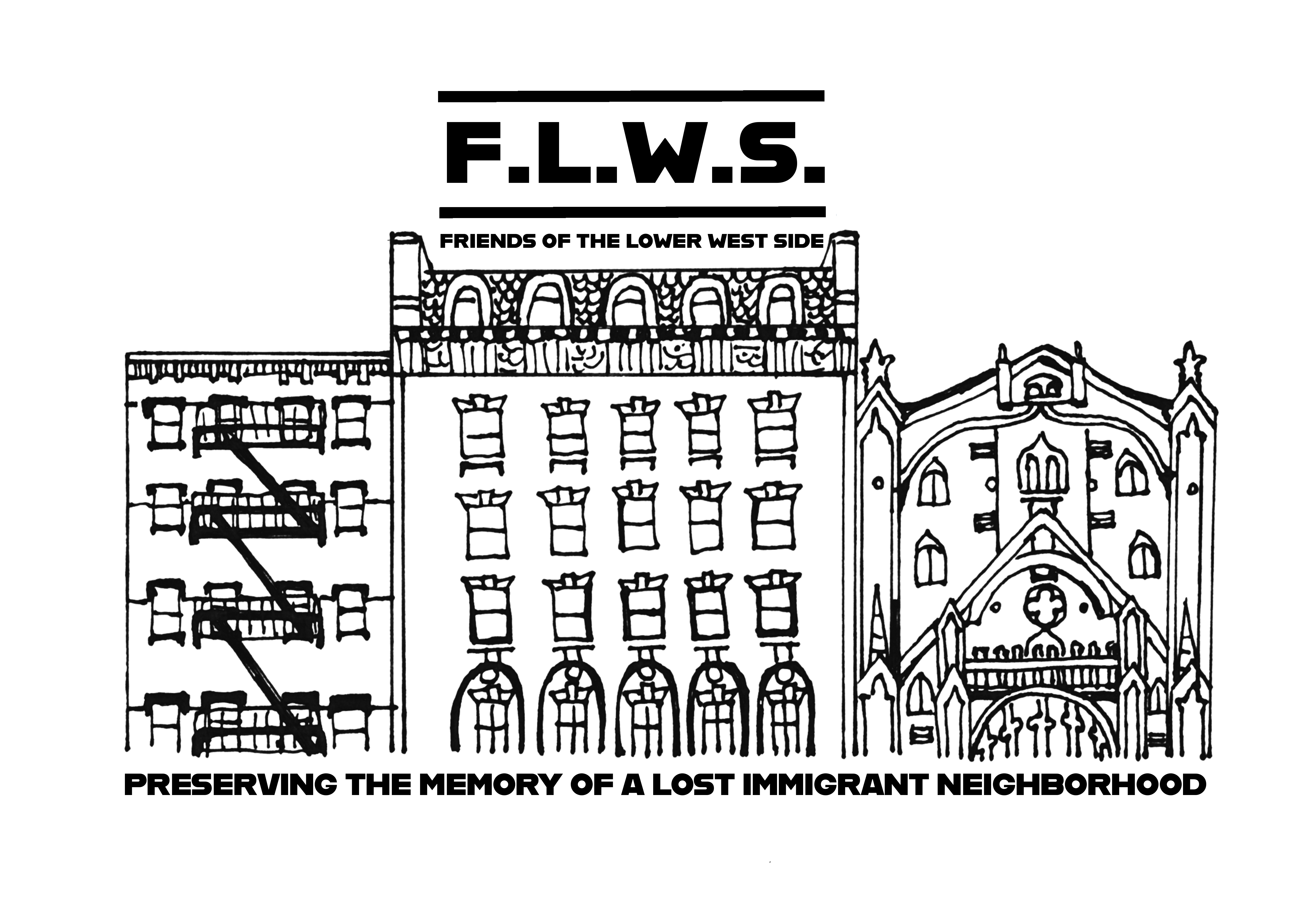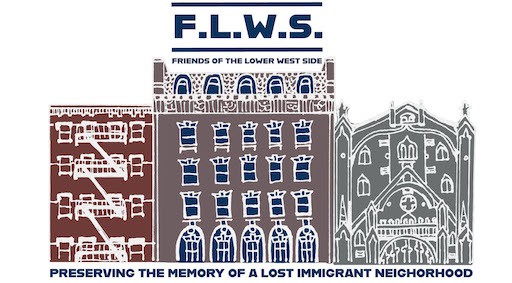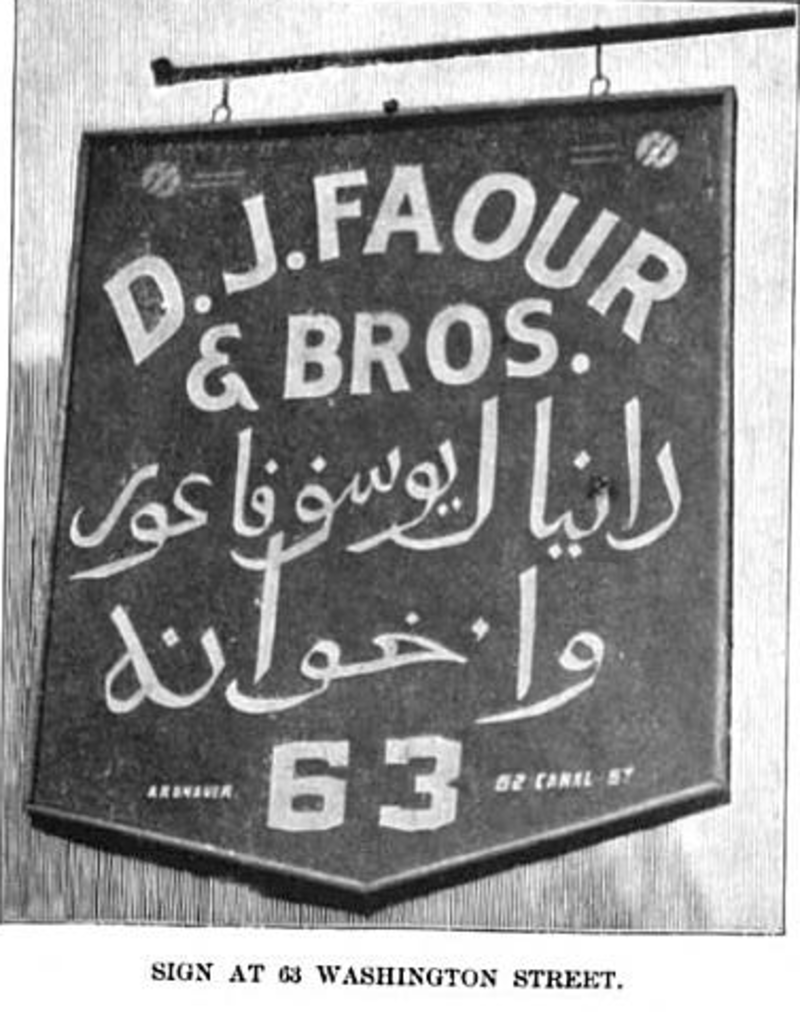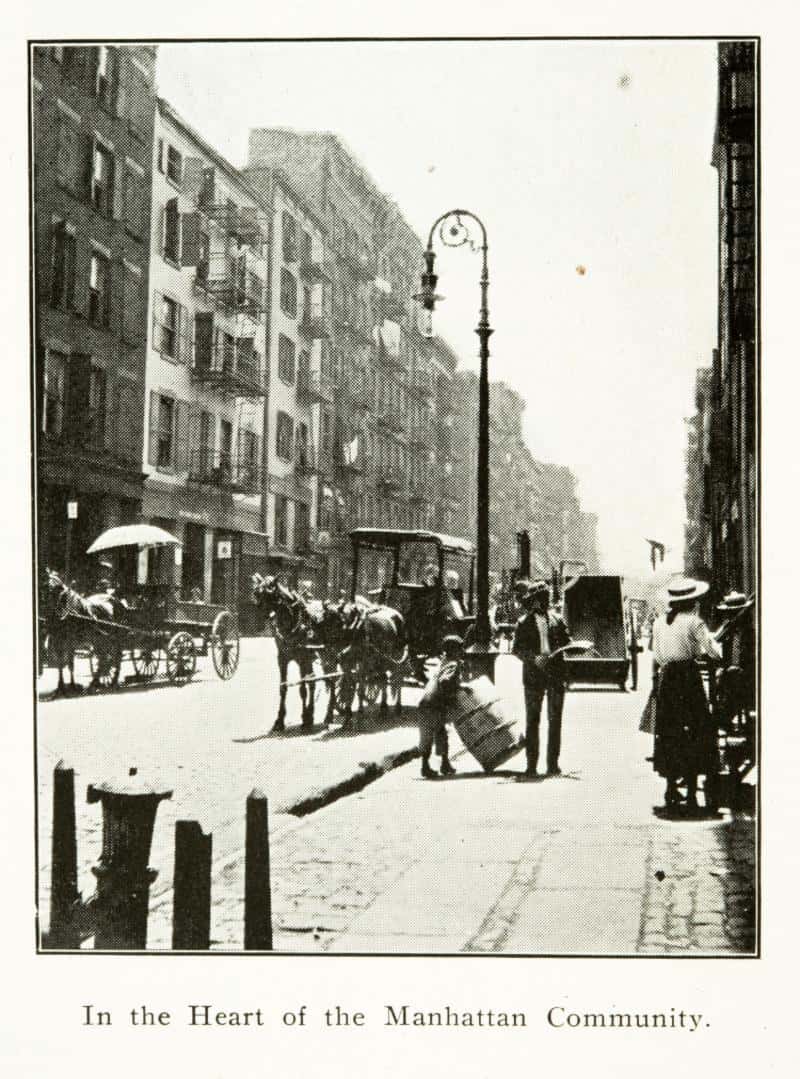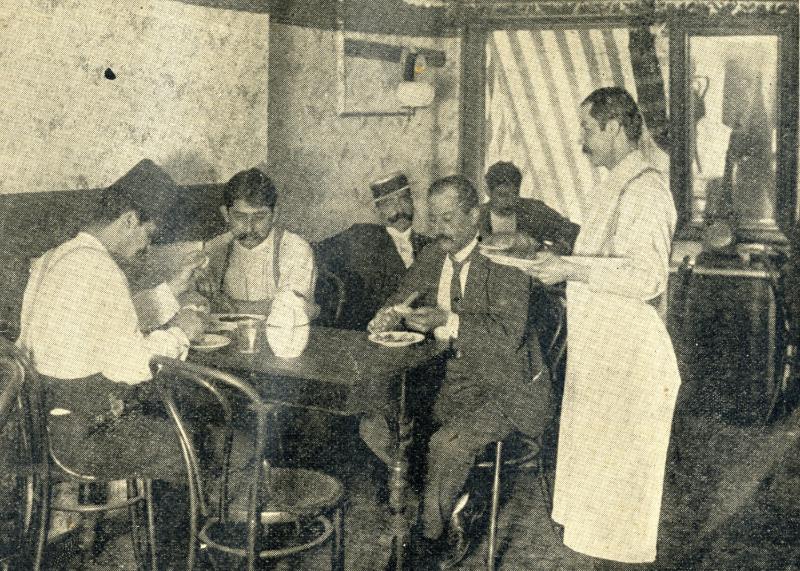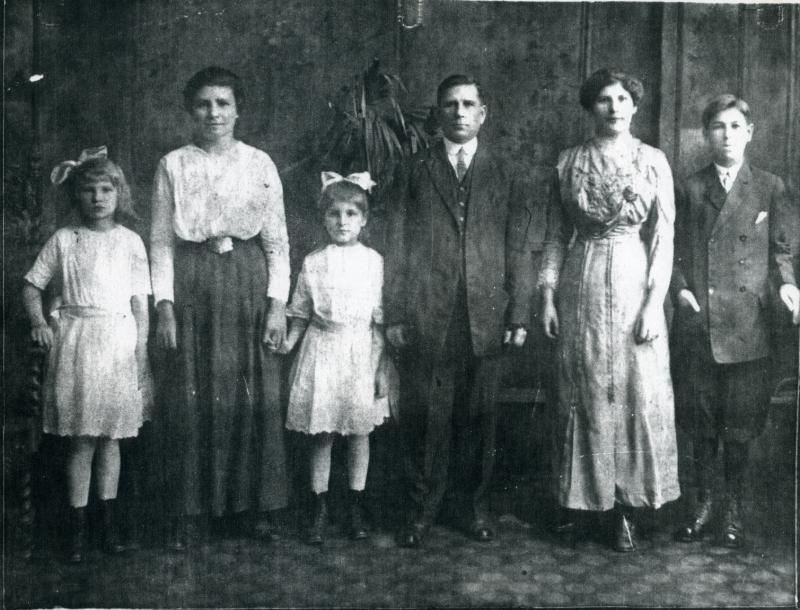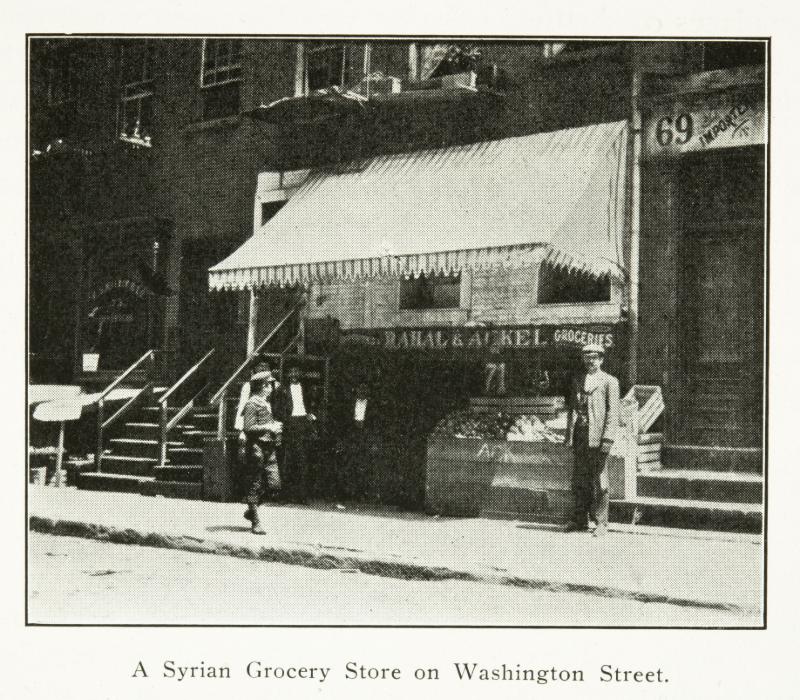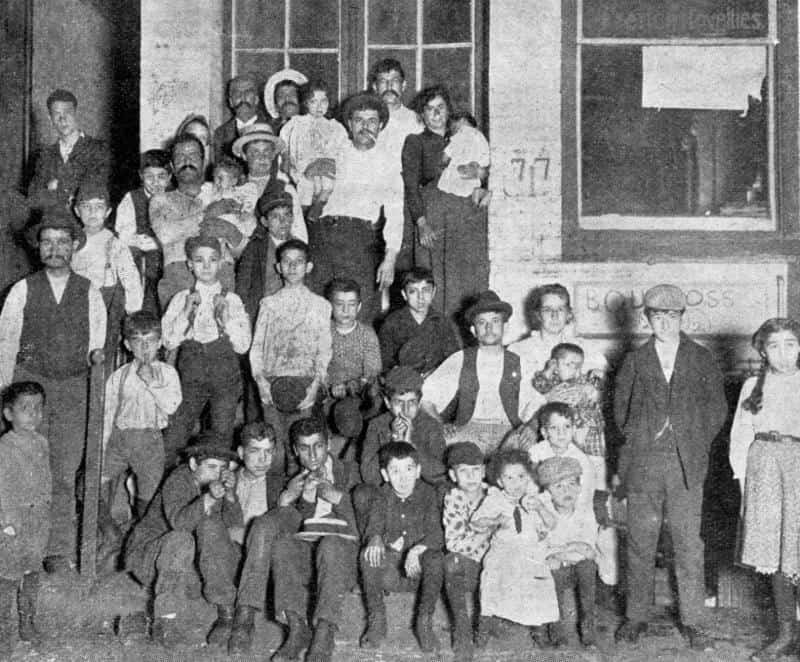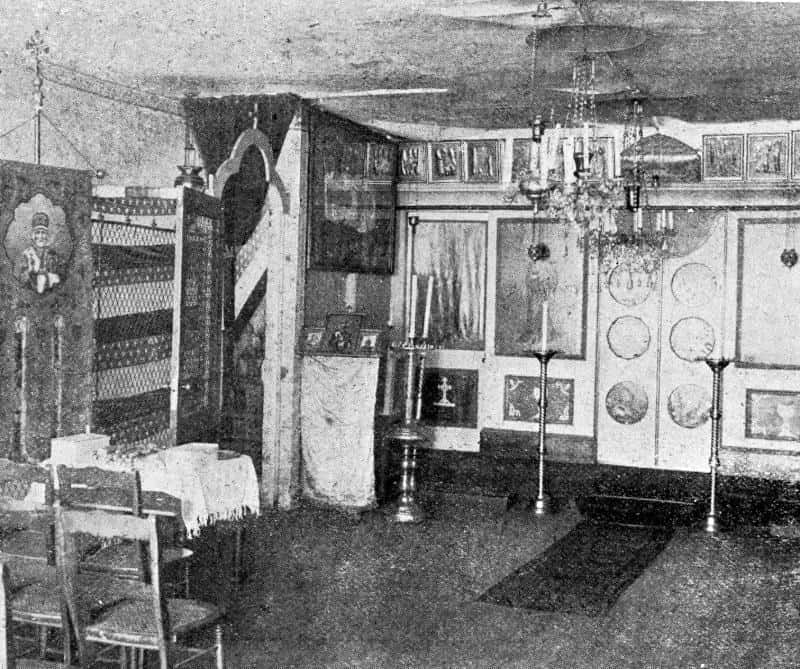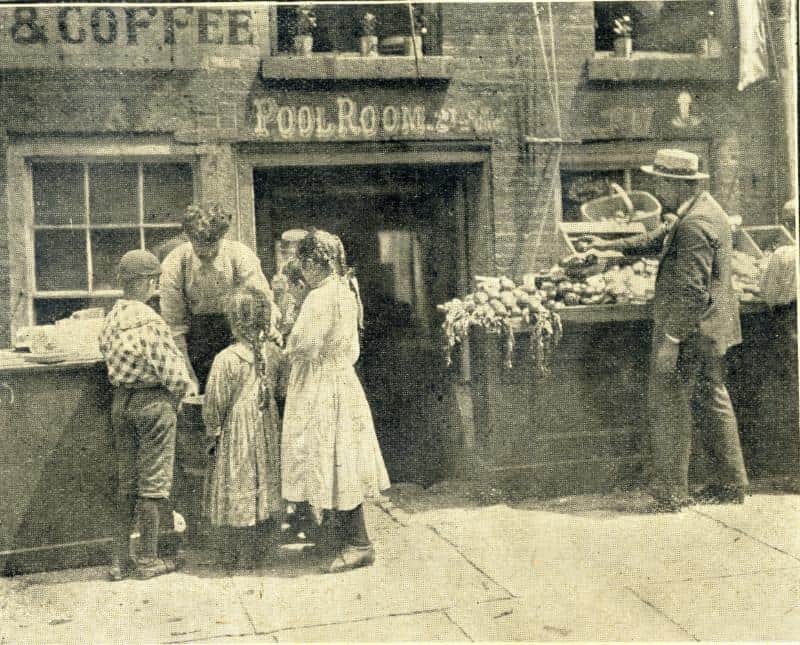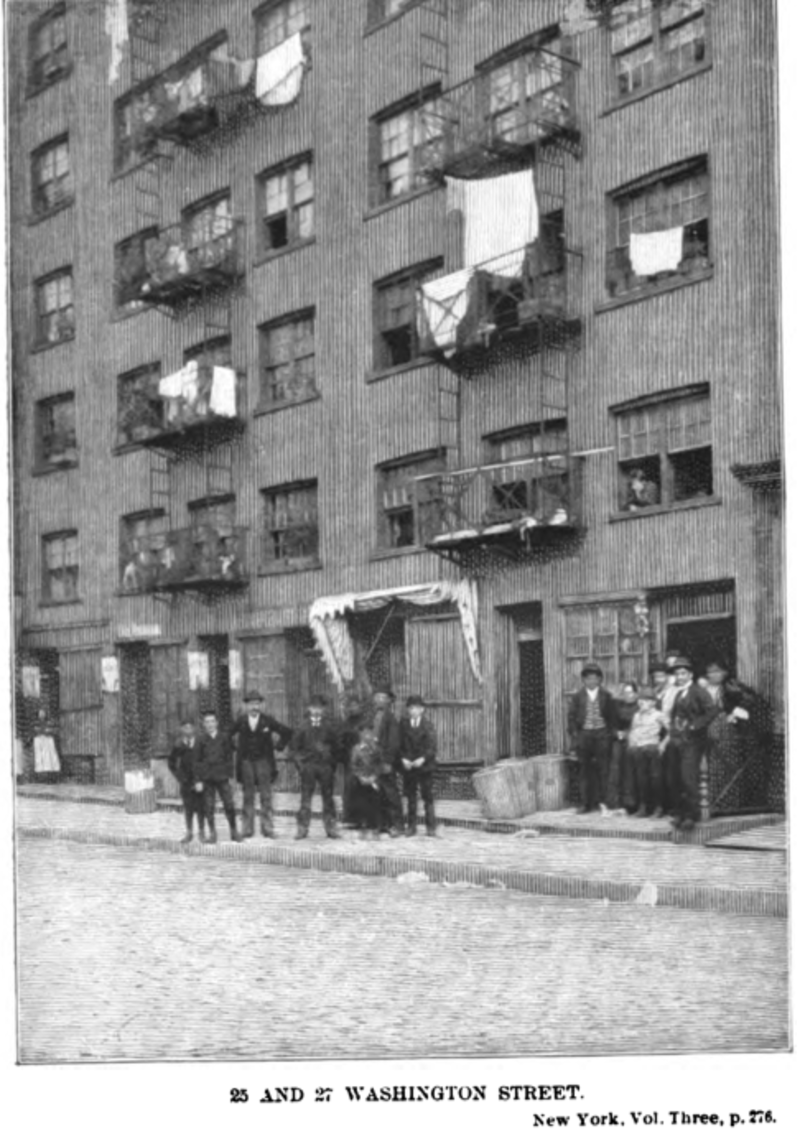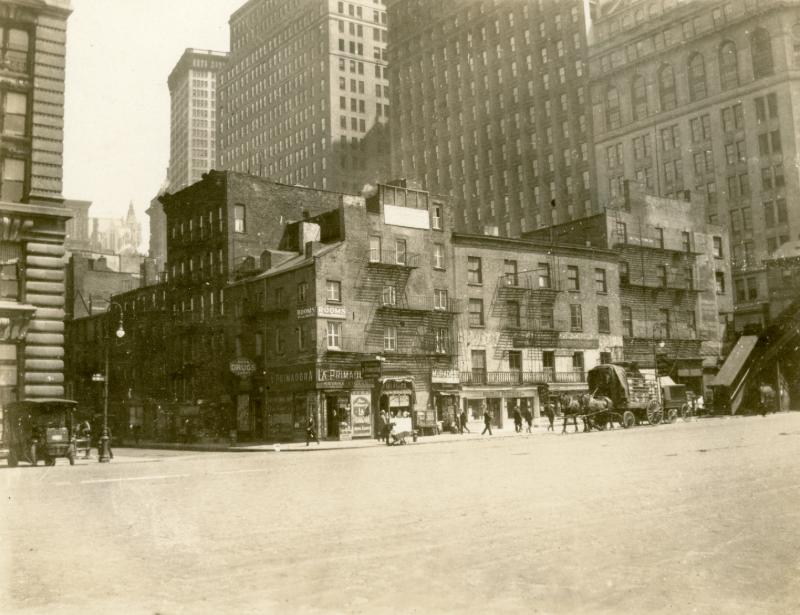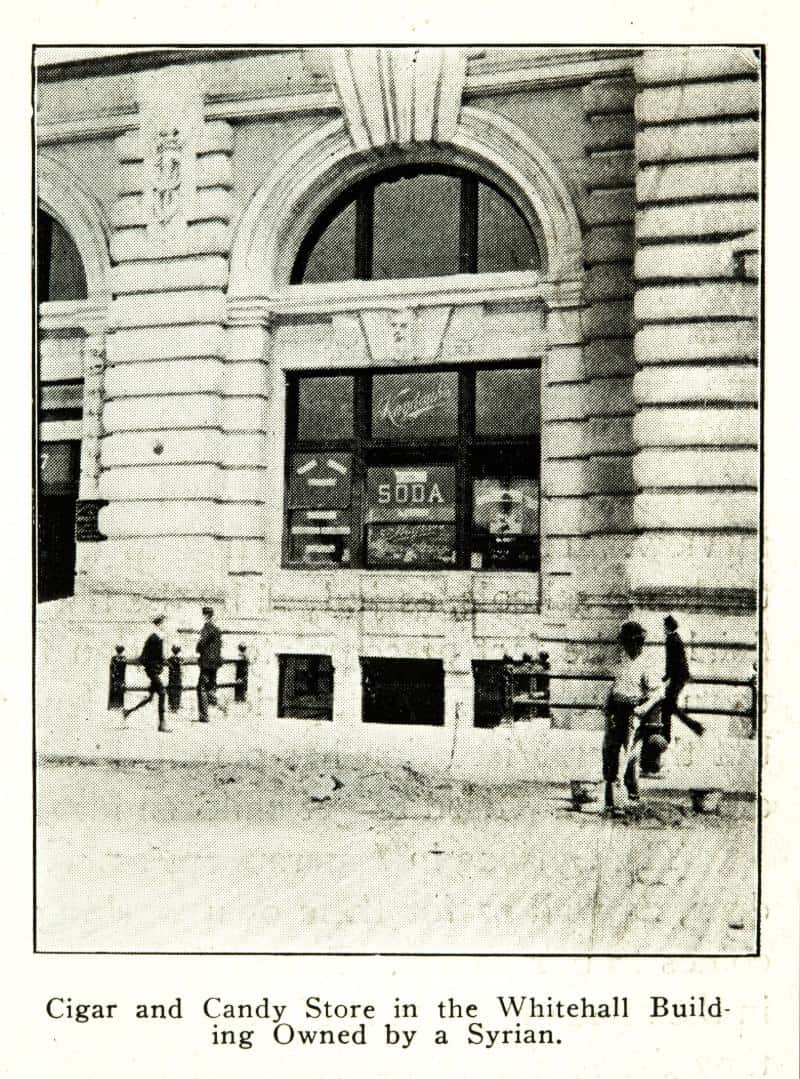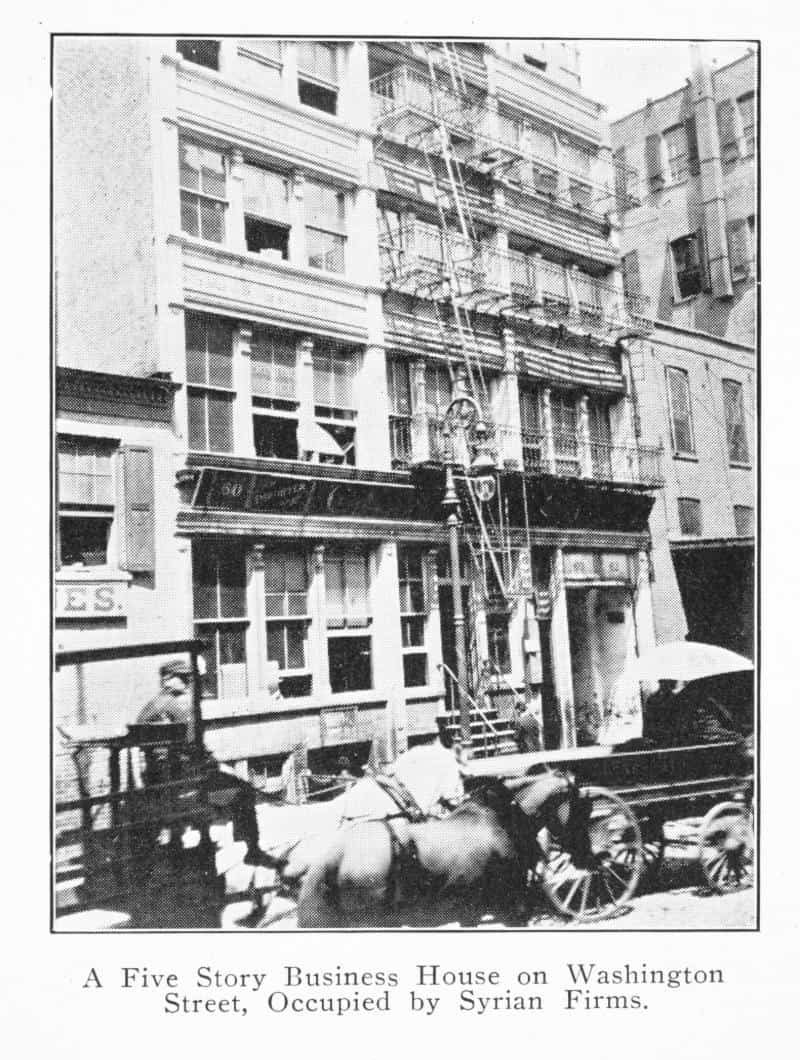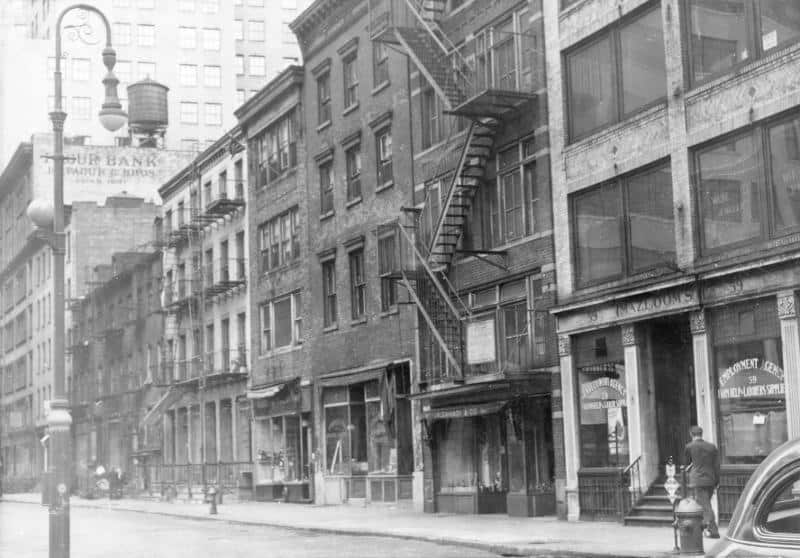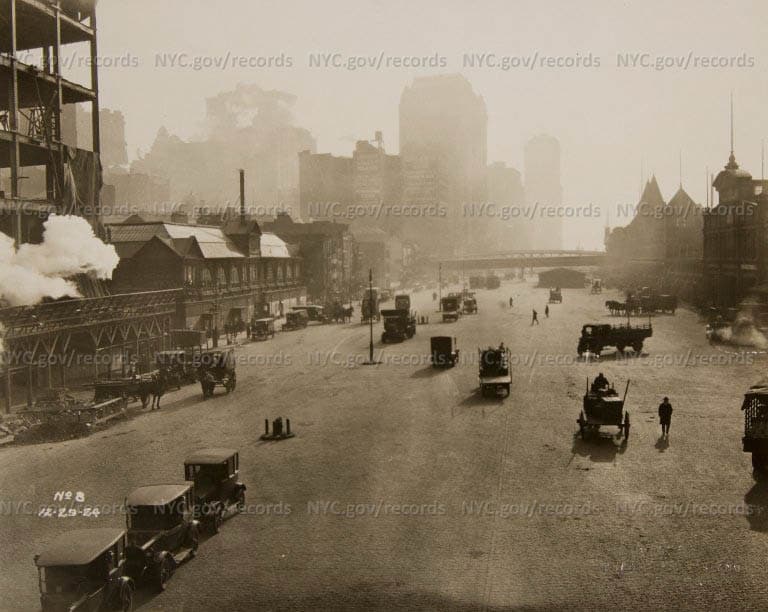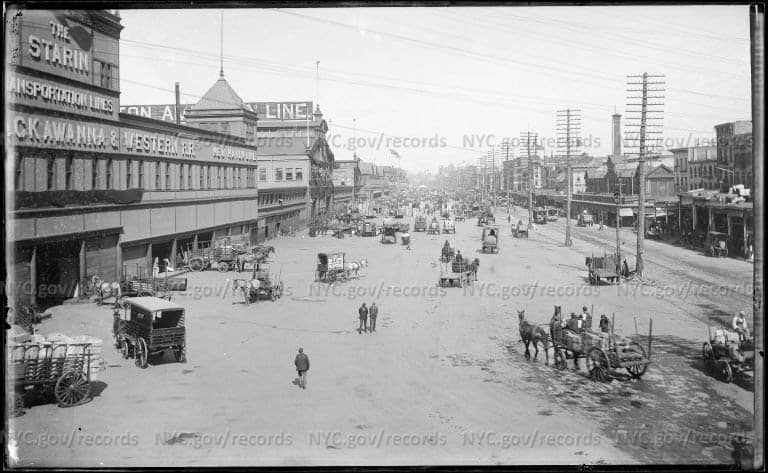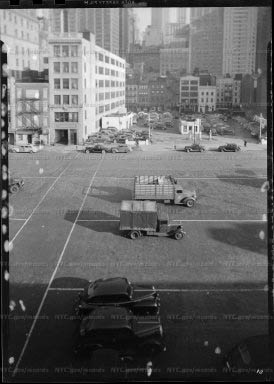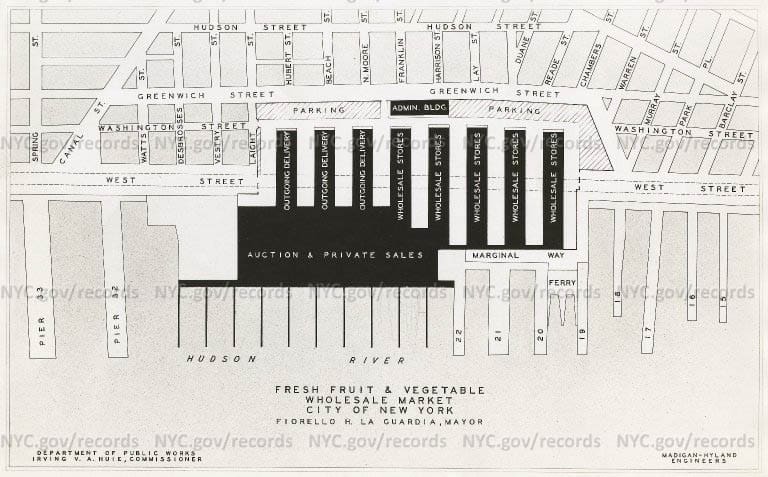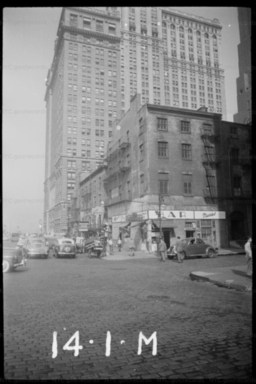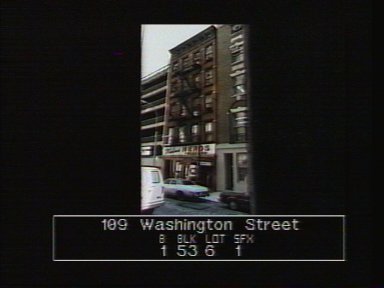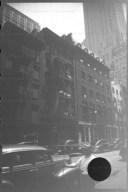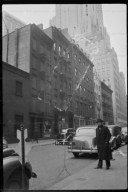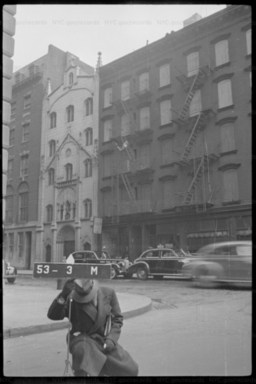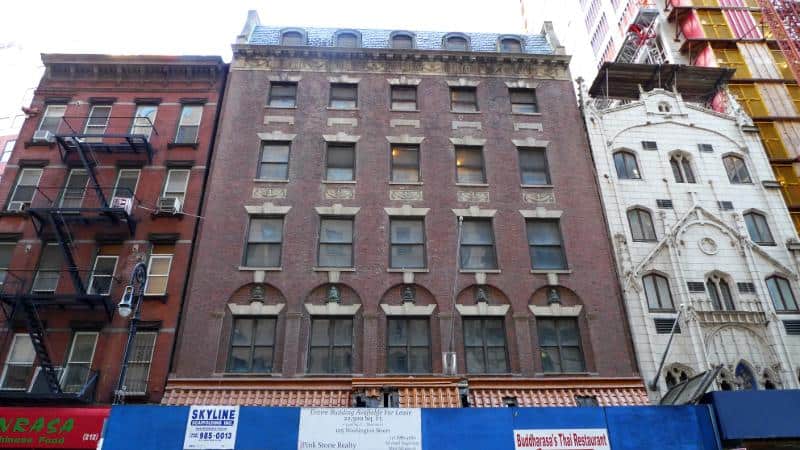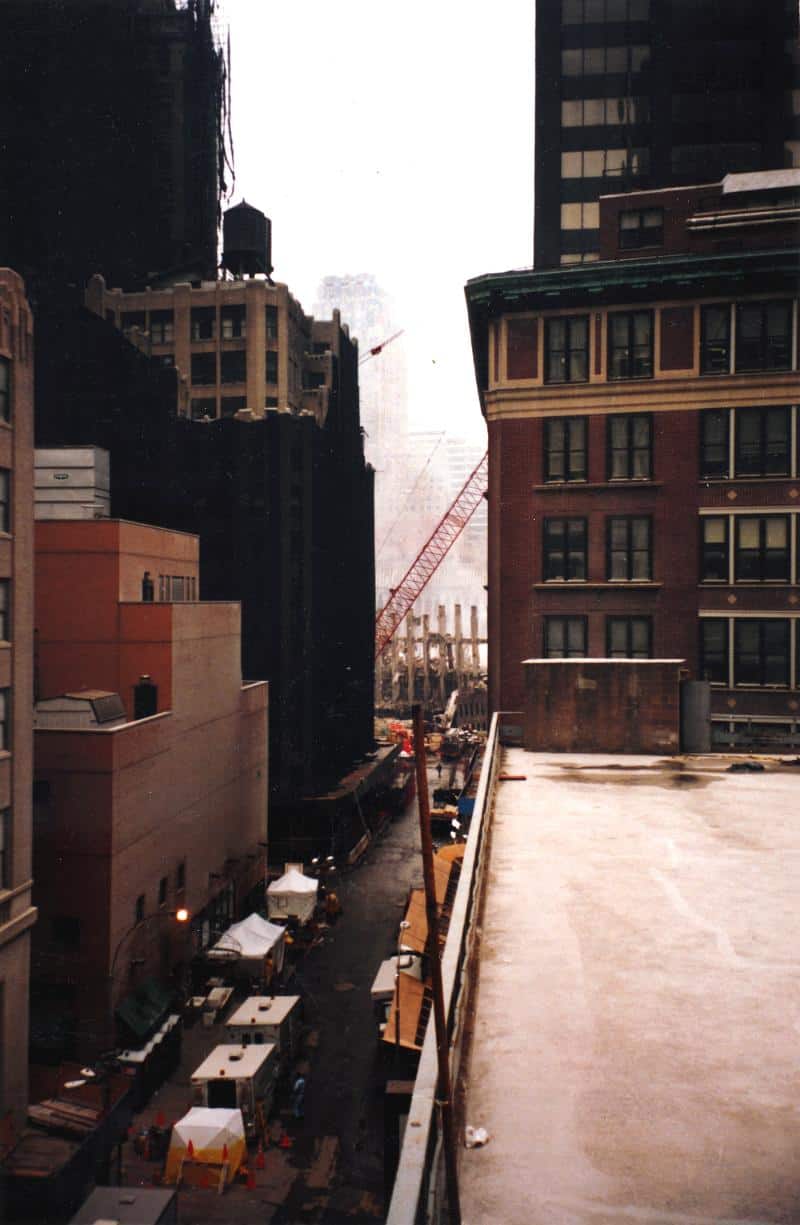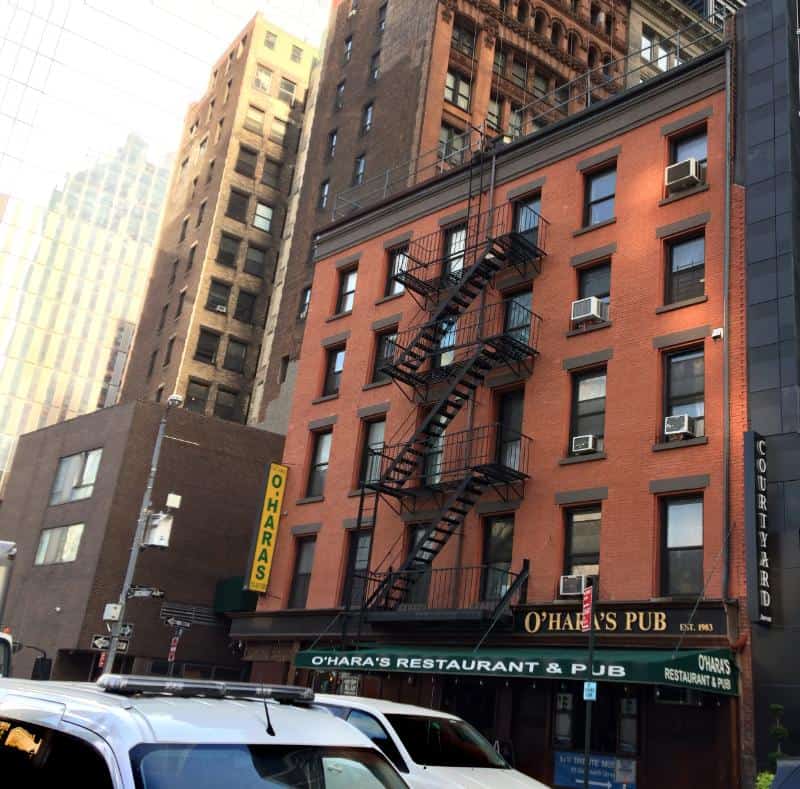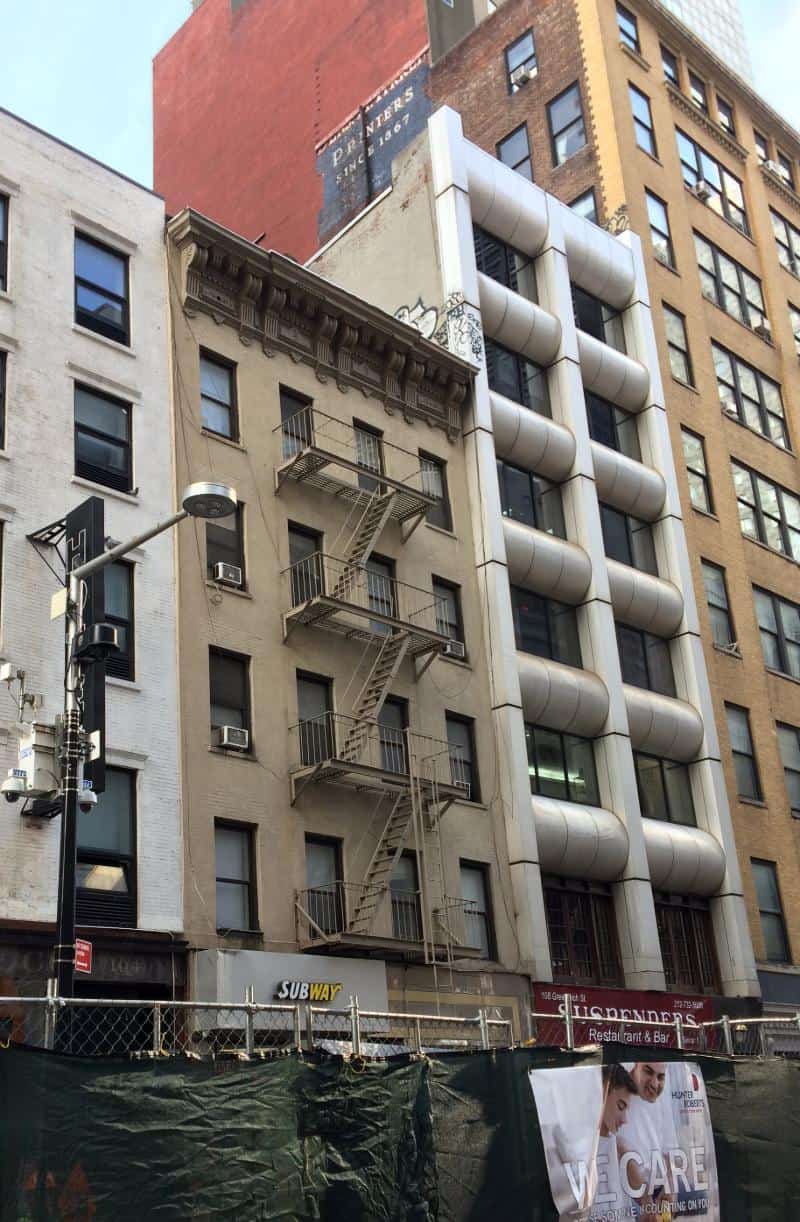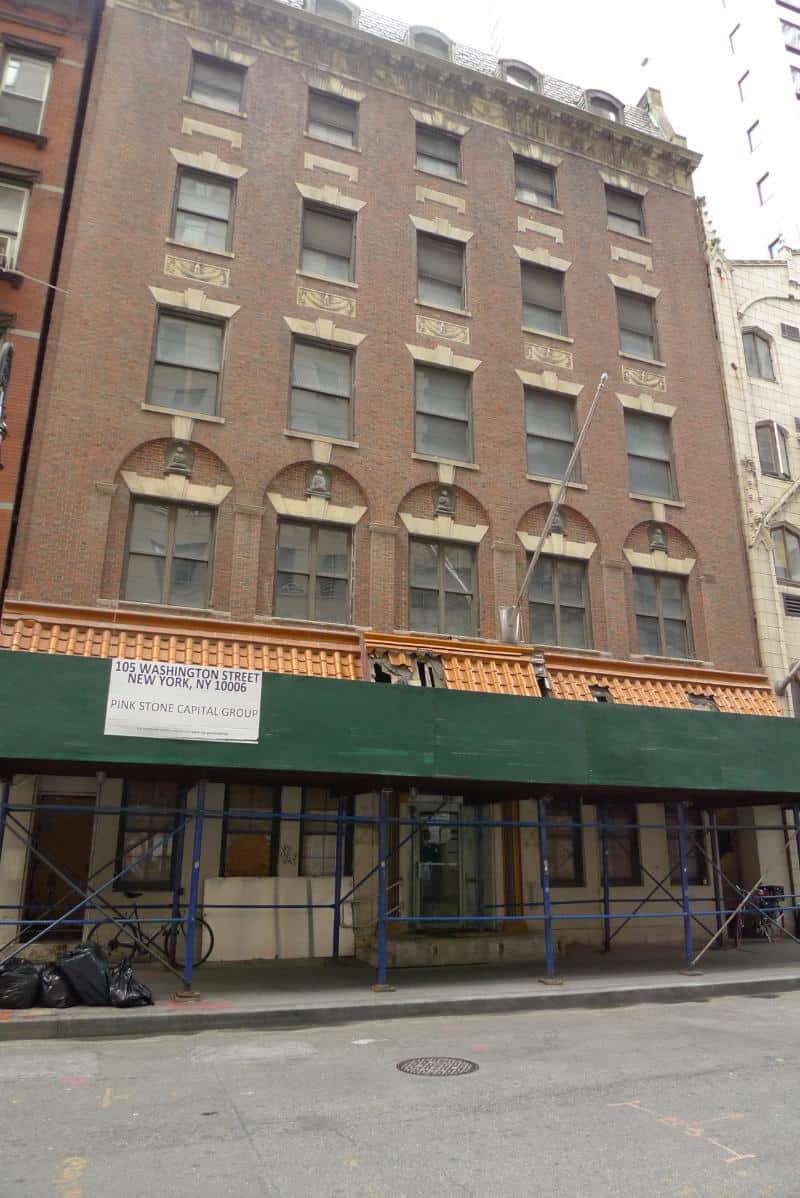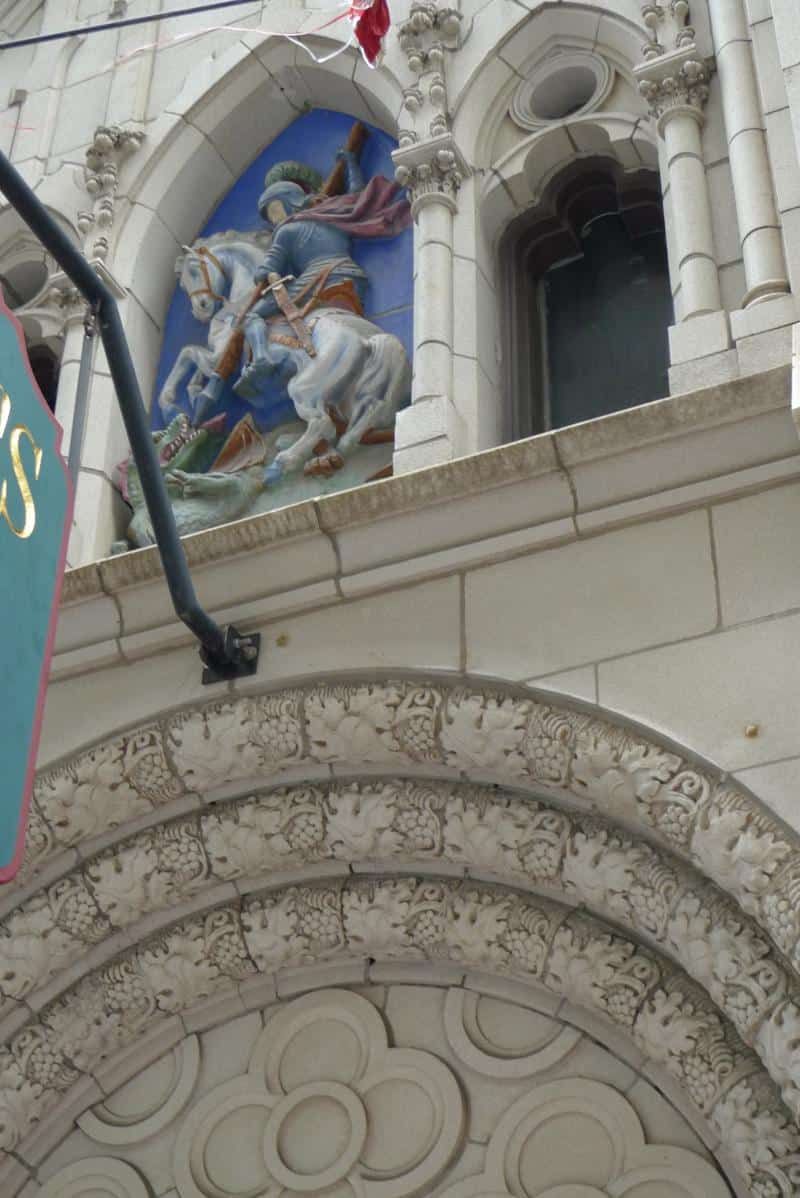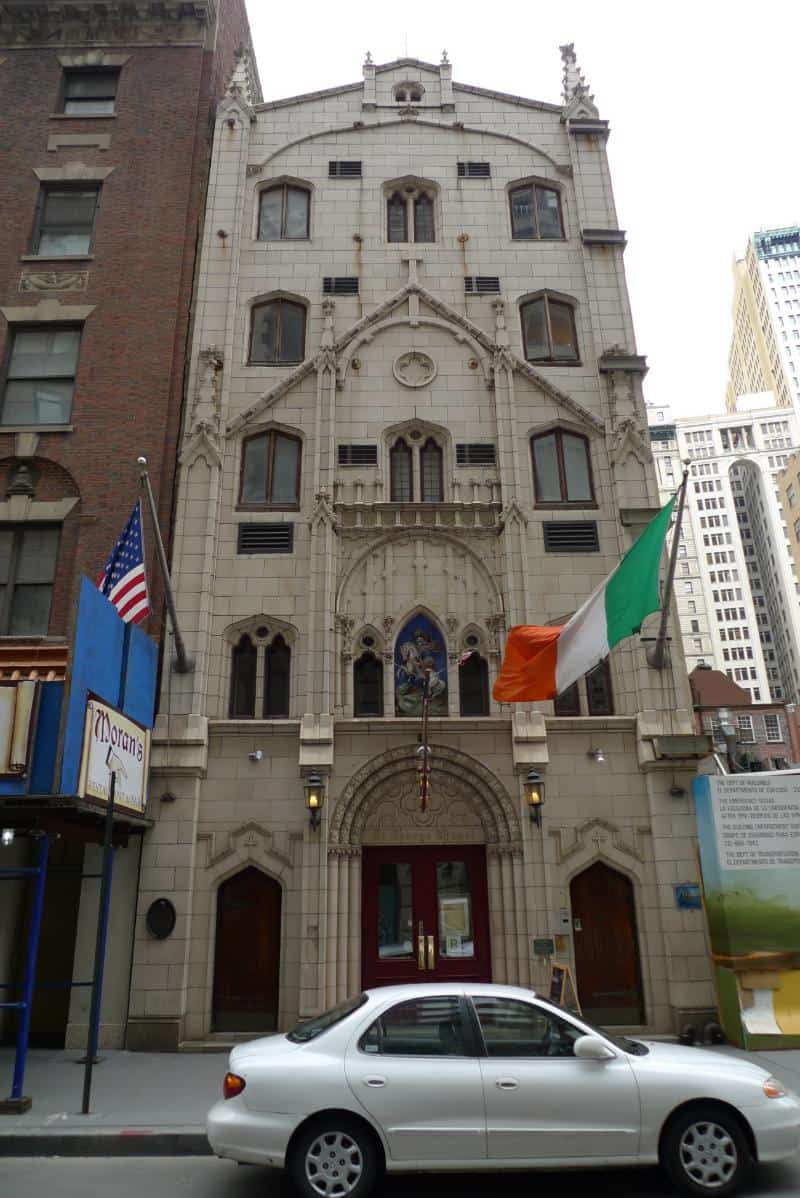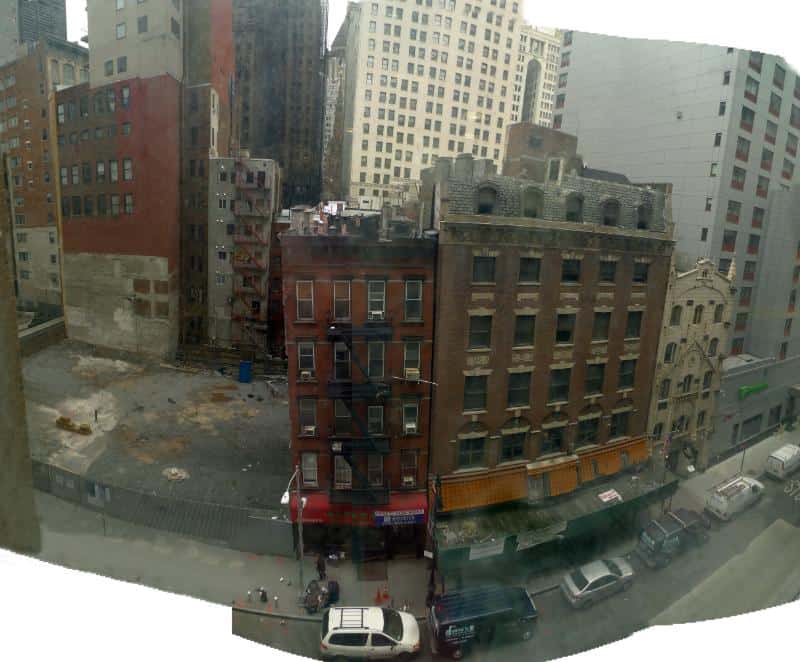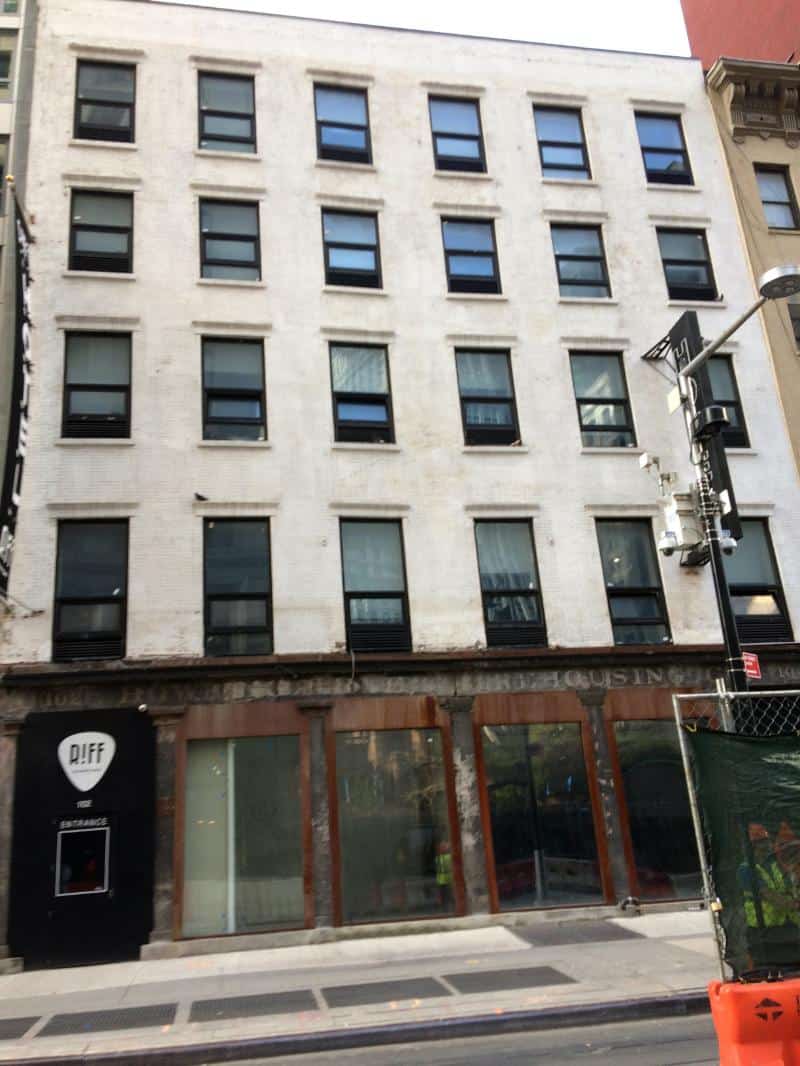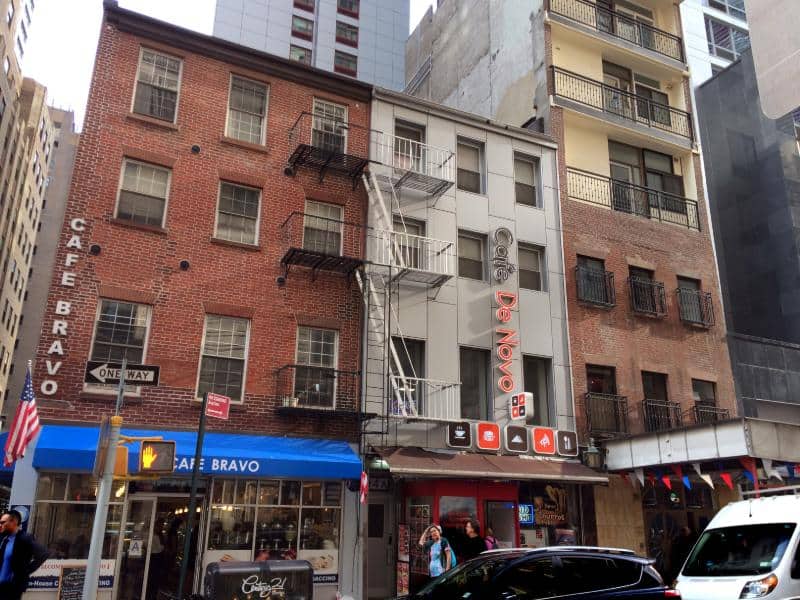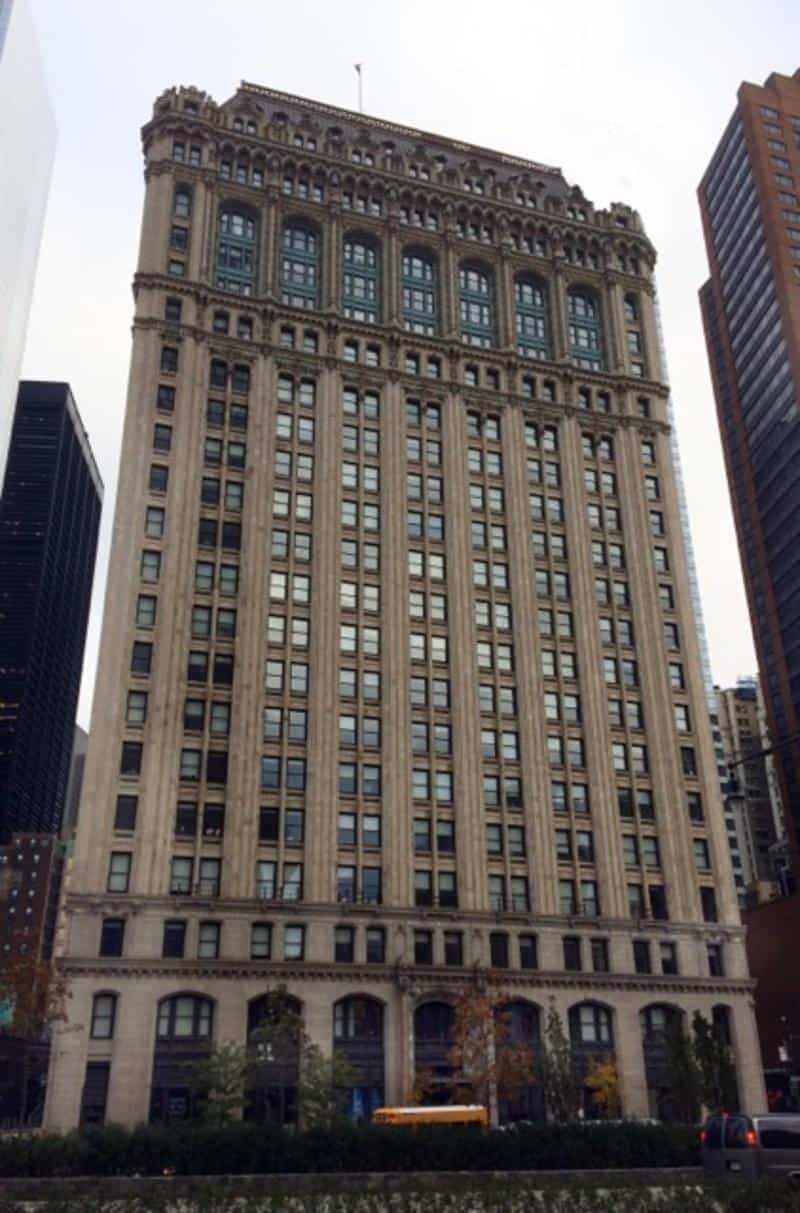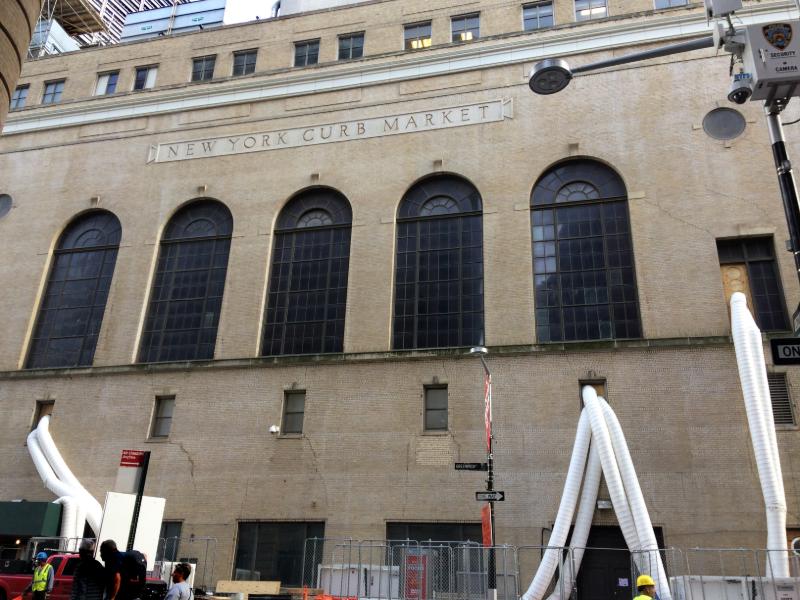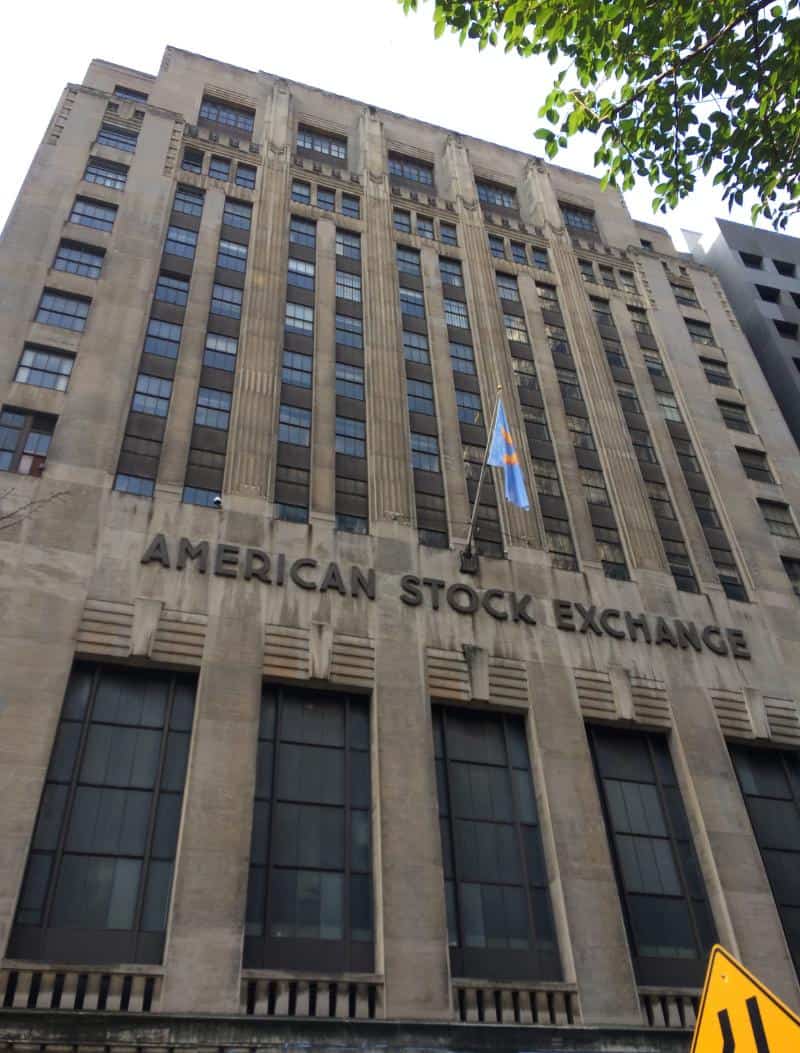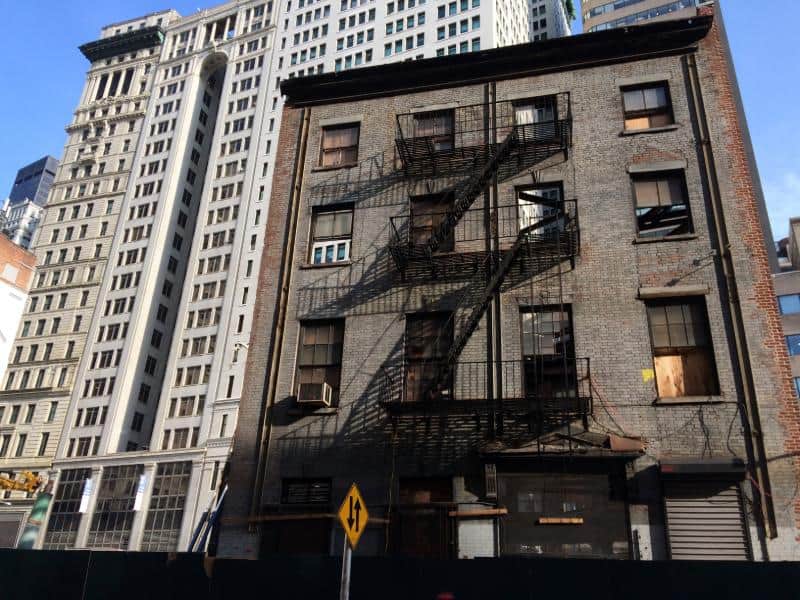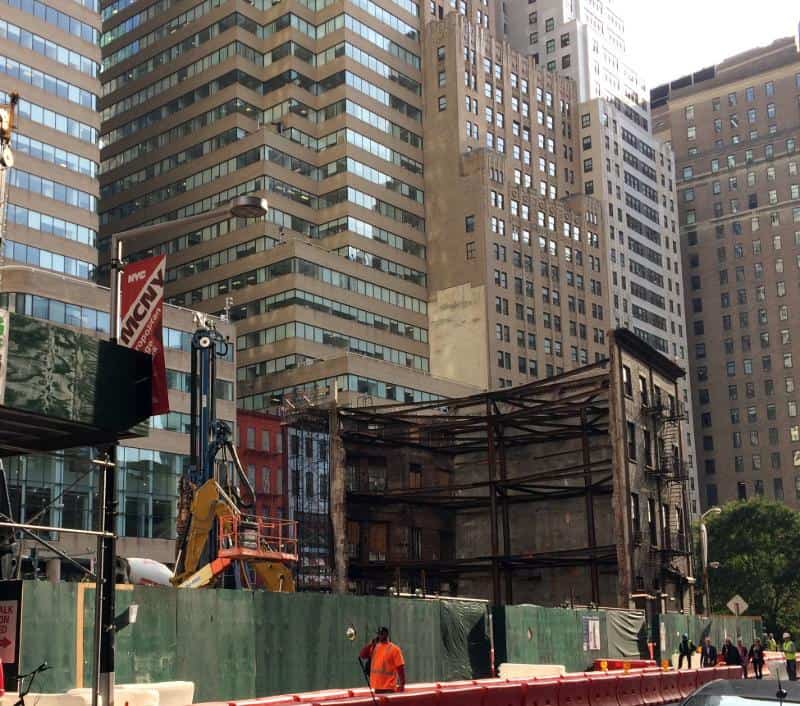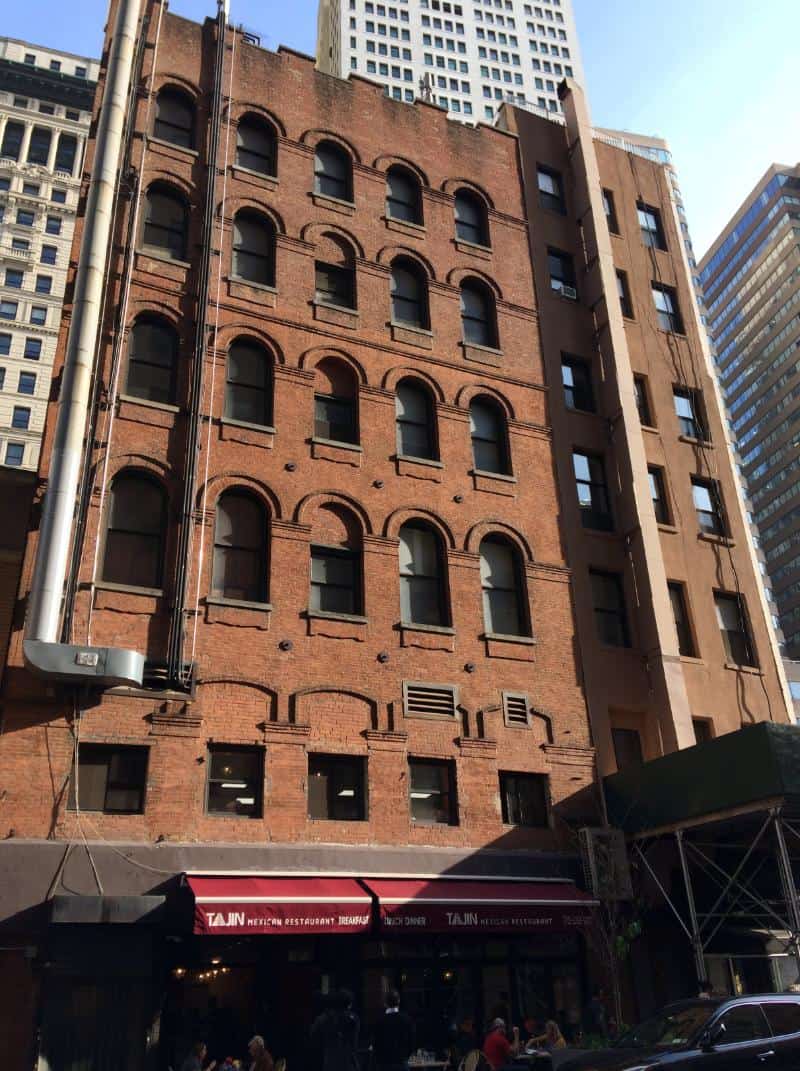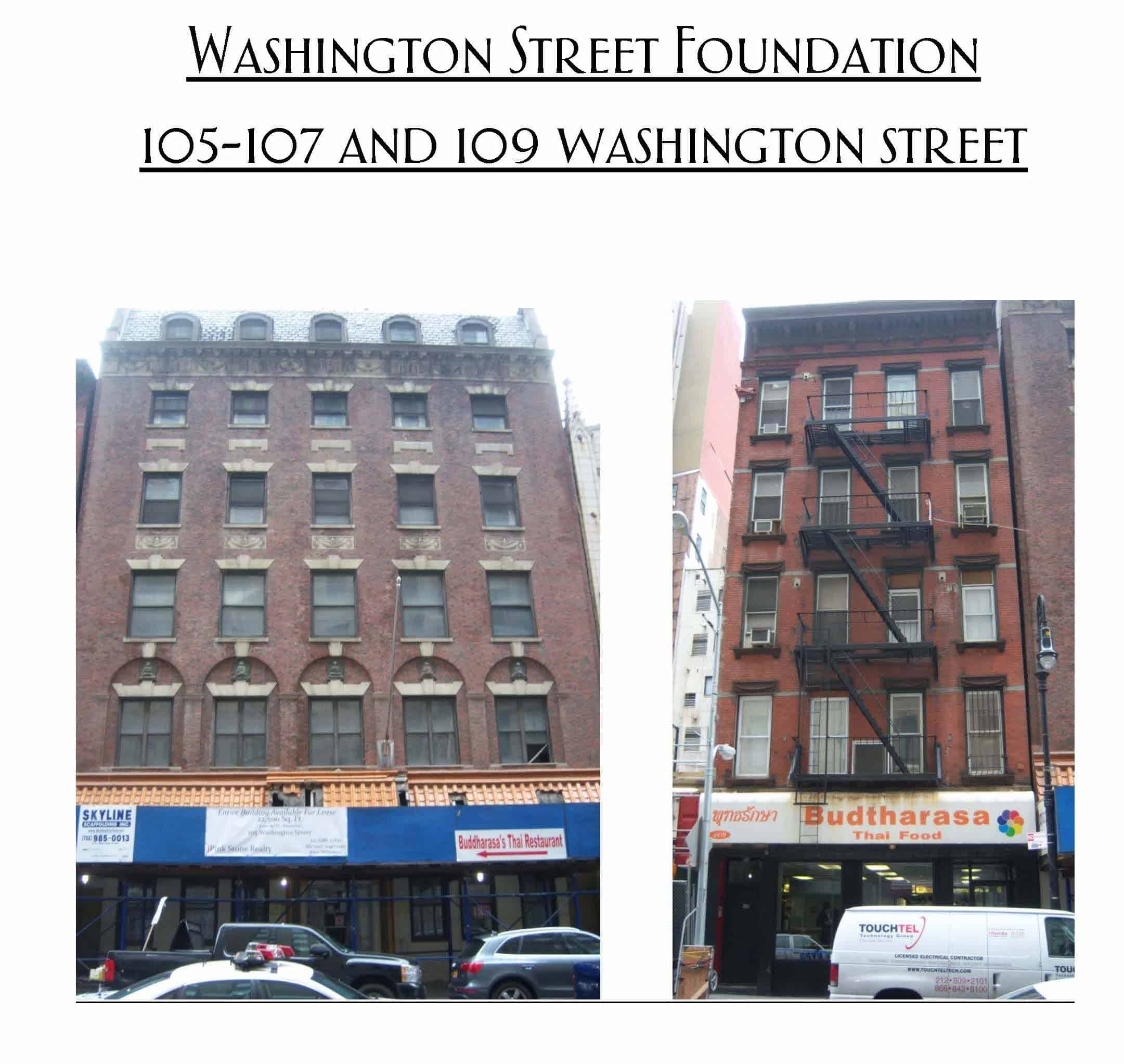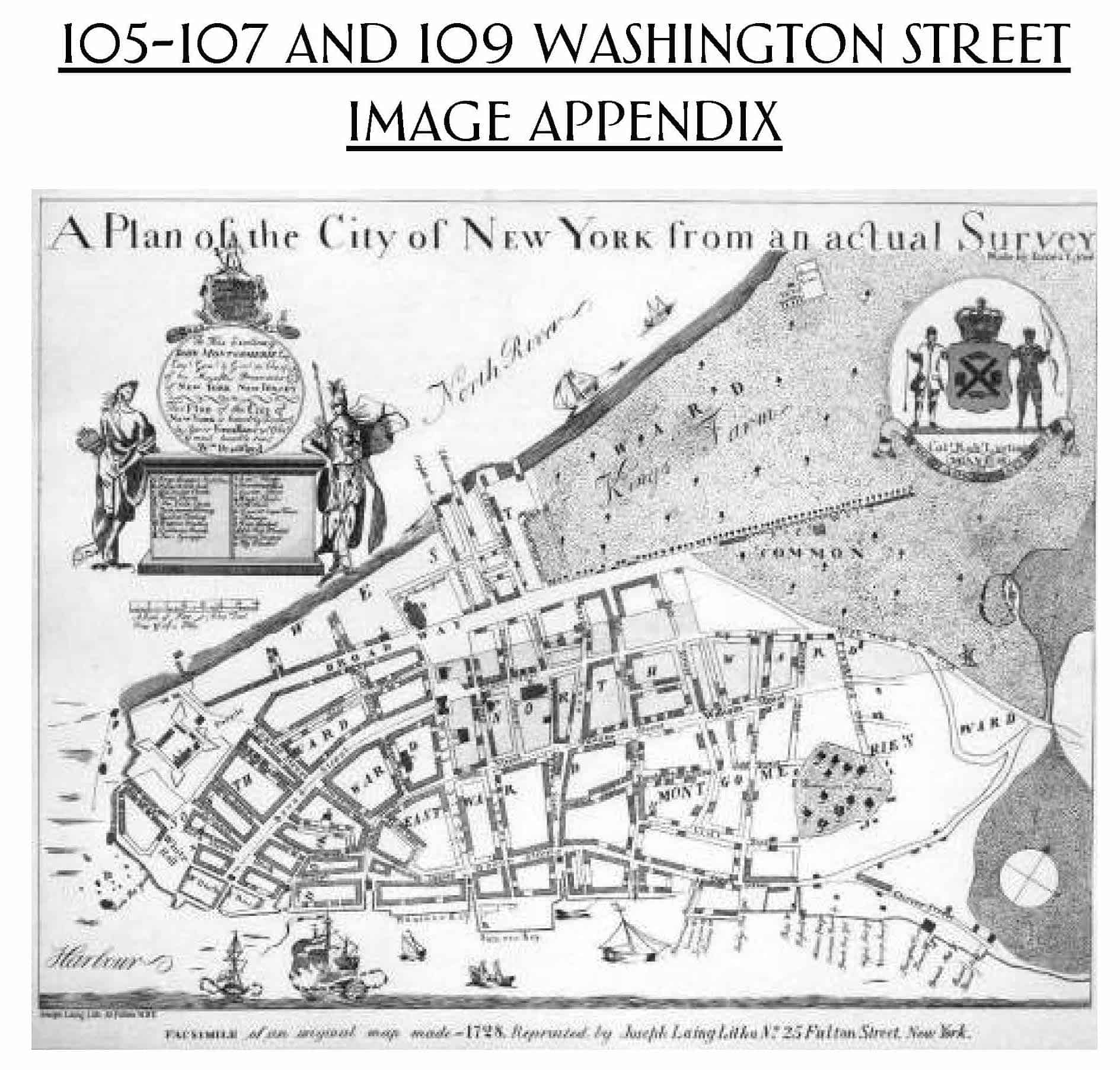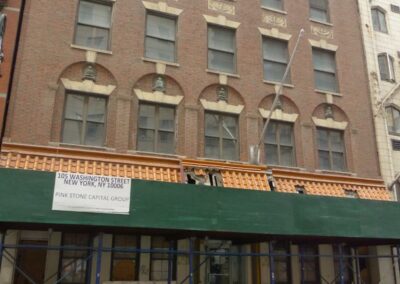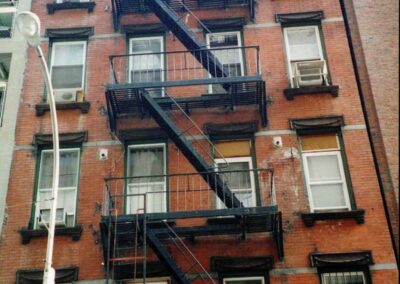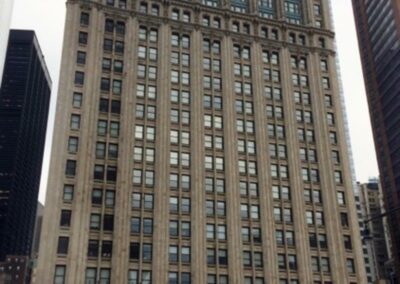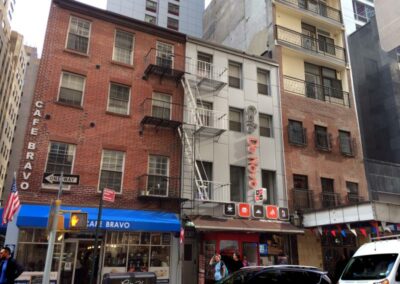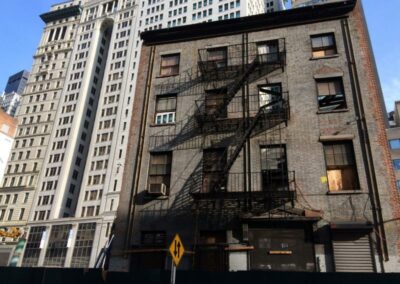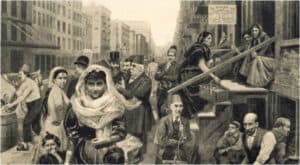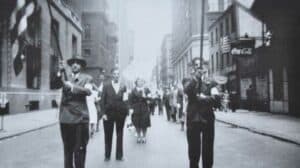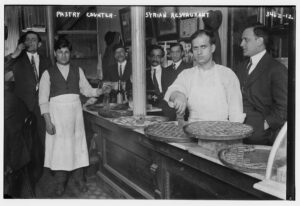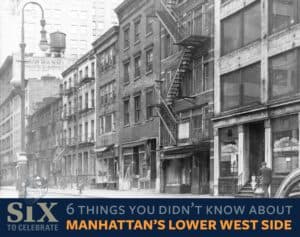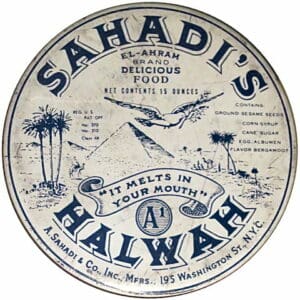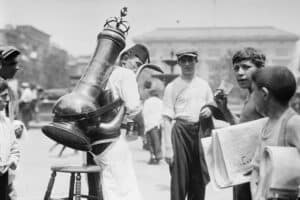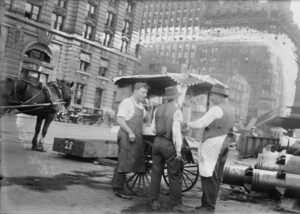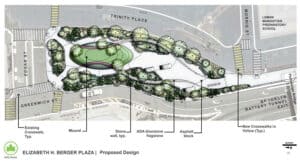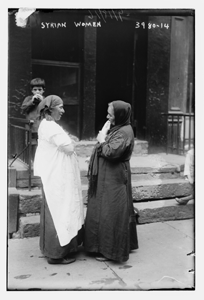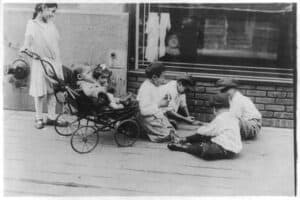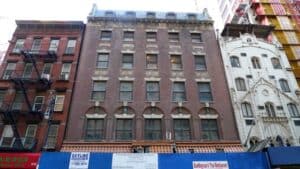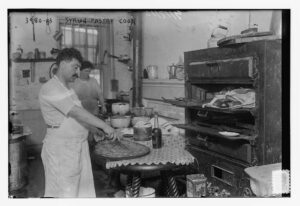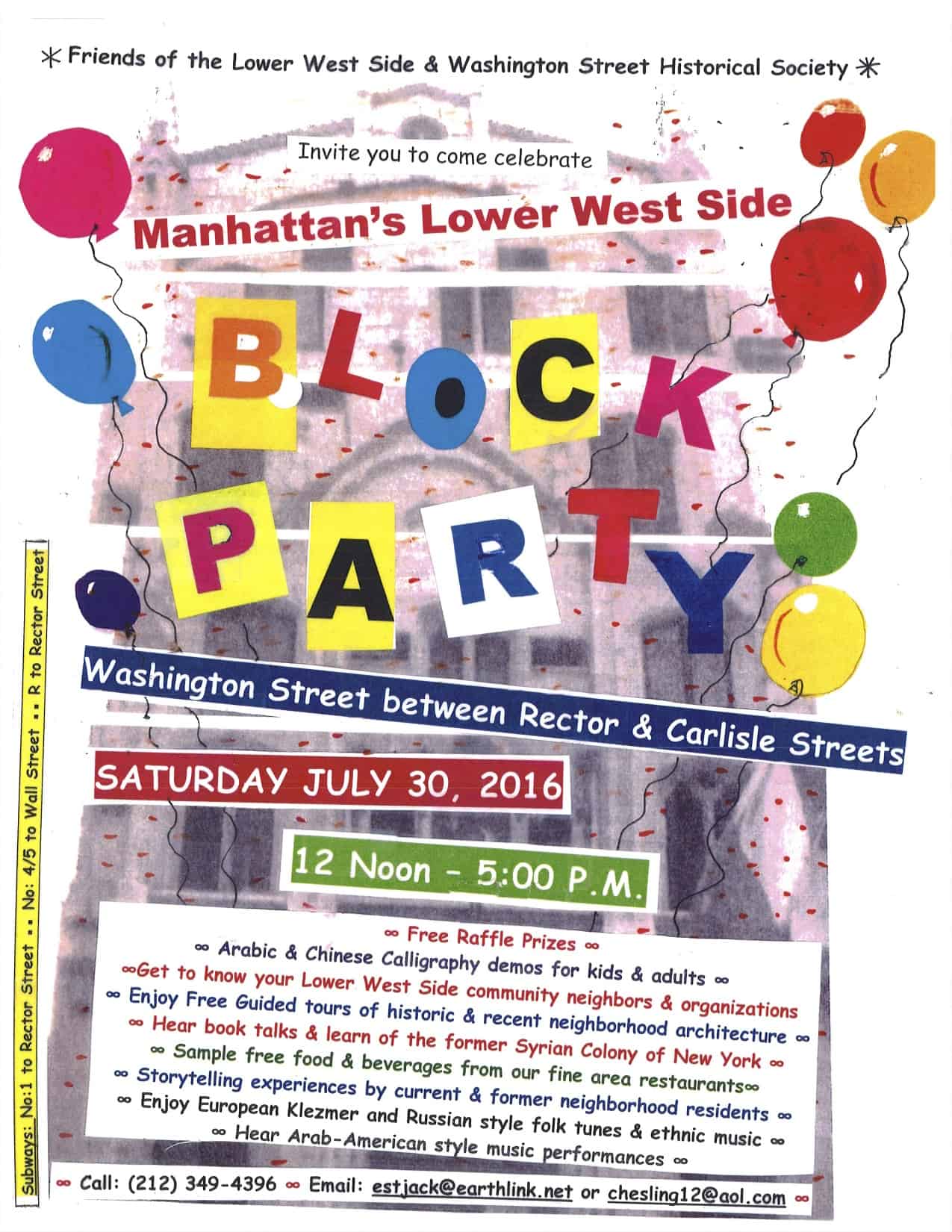ABOUT
FRIENDS OF THE LOWER WEST SIDE
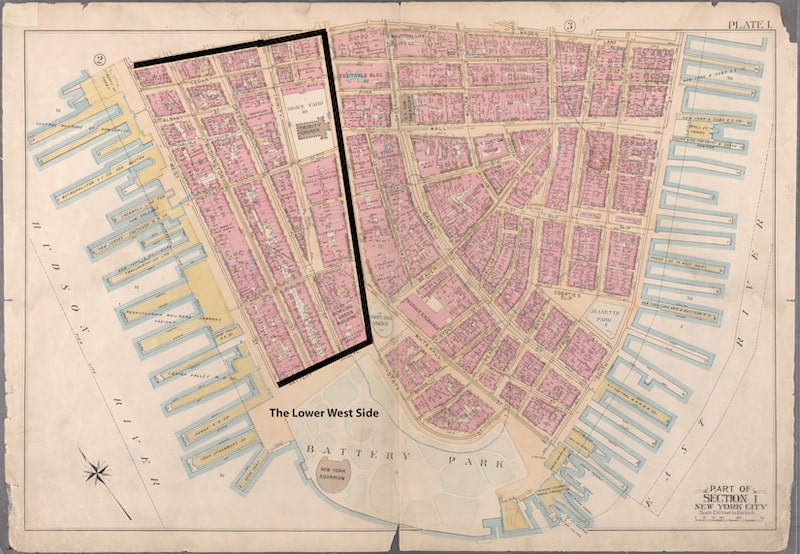
YOU CAN HELP
Your gifts are tax-deductible through our Partner, Historic District Council. Click on the link below.
The Friends of the Lower West Side aims to preserve the history of this neighborhood through commemoration and preservation
The Lower West Side from the Battery to Liberty Street west of Broadway was once one of New York’s most diverse ethnic immigrant neighborhoods, sometimes referred to as “Little Syria,” or “Bowling Green Village.”
Starting in the 1880’s, peoples from the Ottoman Empire, mostly Syrians, Lebanese, Armenians, and Greeks, began moving into the narrow old streets by the docks west of Trinity Church and the Financial District – a neighborhood previously populated by Irish and German immigrants. The end of the 19th century saw an influx of Slavic immigrants arriving mostly from Slovakia, Poland, Ukraine, Ruthenia, and Moravia. By 1917 the Guaranty News estimated that there were 8000 inhabitants of twenty-seven nationalities living in this small area -truly a great melting pot.
Visit 103 to 109 Washington Street, some of the last significant buildings that so well represent this once unique neighborhood. See the landmarked, glorious terra-cotta facade of the former St. George Syrian Melkite Church. Also known as the Syrian Church, it represents one of the diverse religions practiced here. (The Greek Orthodox Church of St. Nicholas was destroyed on 9/11/2001.) Next door, neglected and threatened with demolition, is the Downtown Community House built in 1926 in Colonial Revival style as a settlement house providing social, educational, and health services to the immigrant population. Next to that–at 109–is the last of the old tenement buildings that used to line both sides of Washington Street.
HISTORY
The History of the Lower West Side in Photos
1890s-1930s
1940s-1950s
Now
VIDEO
A film about the importance of memorials and monuments, including the lower west side starting at approximately 17:20 (apologies for the ads).
OUR PRESERVATION EFFORTS
Our Goal is to preserve the remaining historic buildings as a means of memorializing the neighborhood
Preserving the Buildings
The lower west side neighborhood was decimated by the construction of the Brooklyn Battery Tunnel and the World Trade Center. FLWS is working to preserve the buildings that remain. Their cultural importance overshadows their architectural merit.
Preserving the Memory
The “lost” lower west side is no longer lost: commemorative plaques have been installed on benches in Elizabeth Berger Park, those who live or lived there remember it in oral histories, and we are supporting the construction of a memorial to the writers of the Syrian colony in Elizabeth Berger Plaza.
Our sister organization, Washington Street Historical Society, installed plaques in Elizabeth Berger Park to commemorate the Syrians who lived on the lower west side in the nineteenth and twentieth centuries.
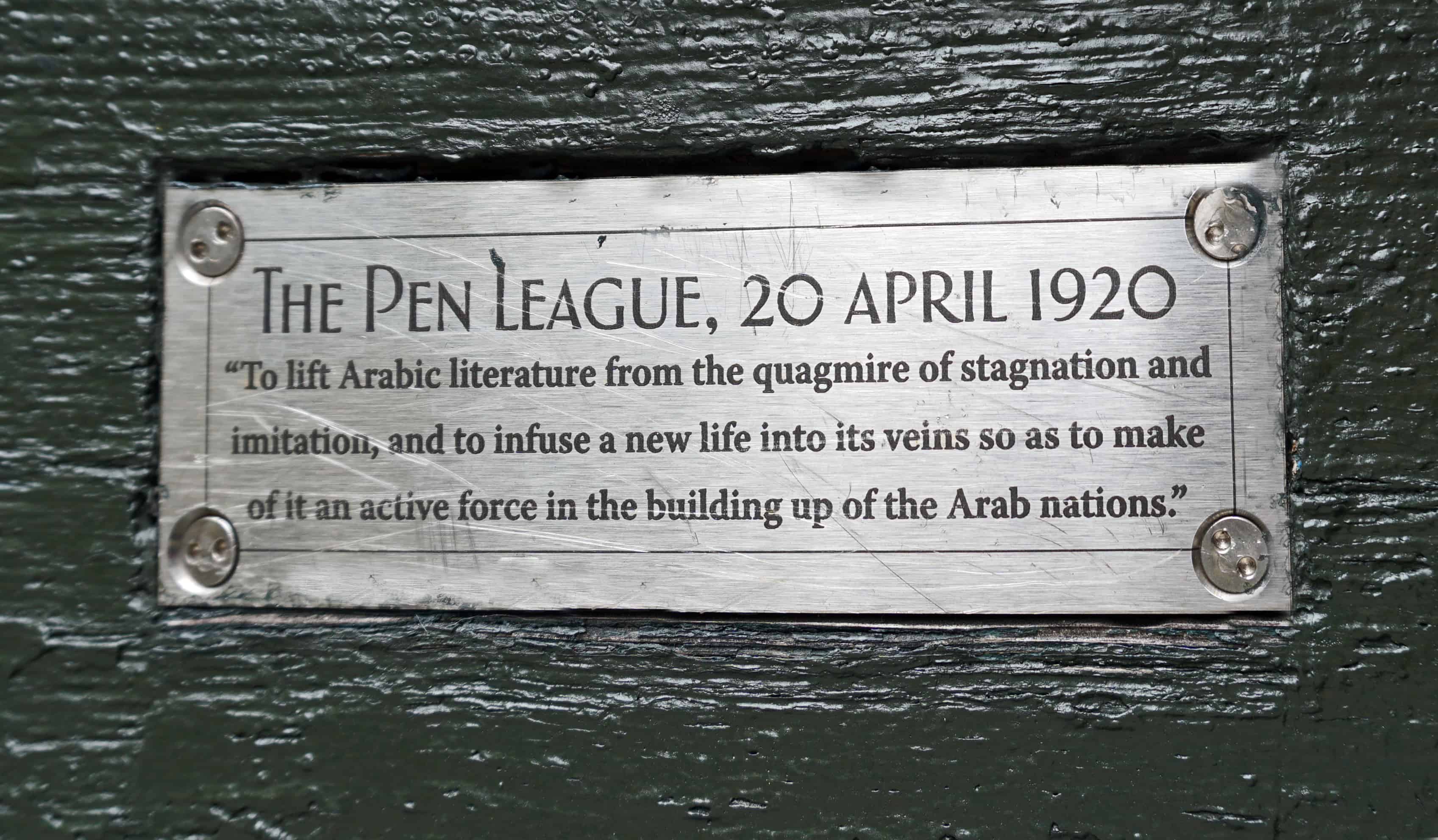
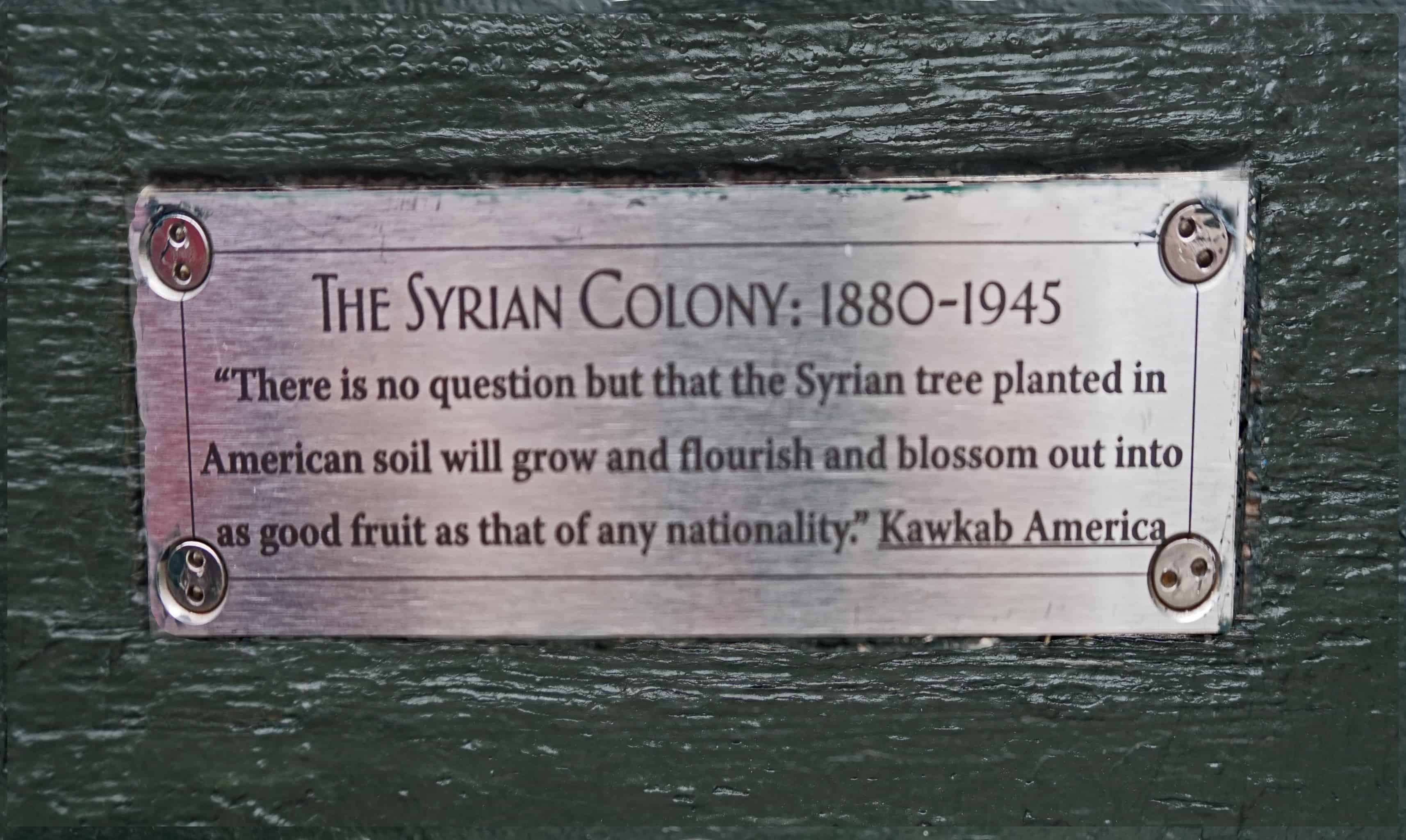
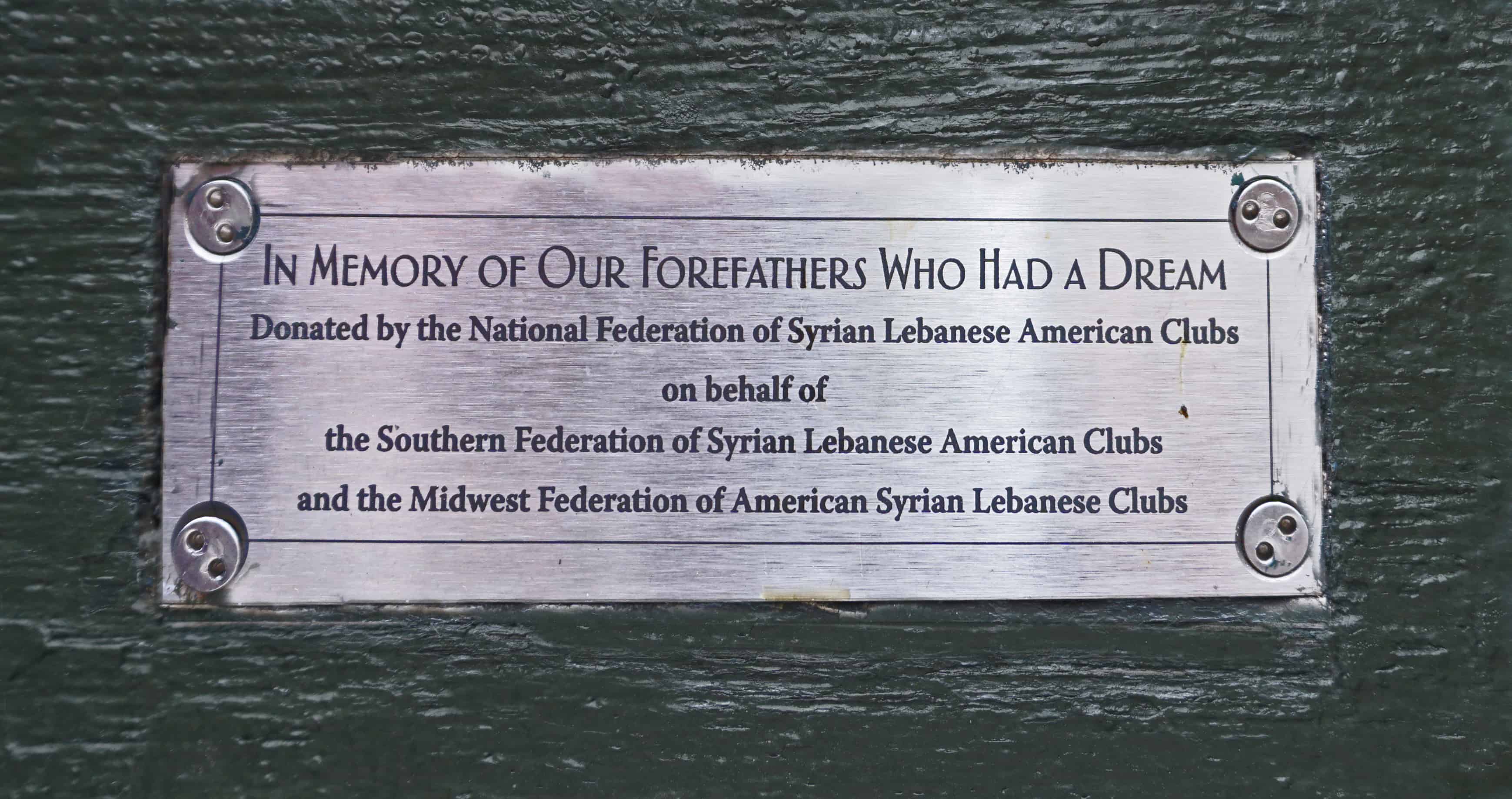
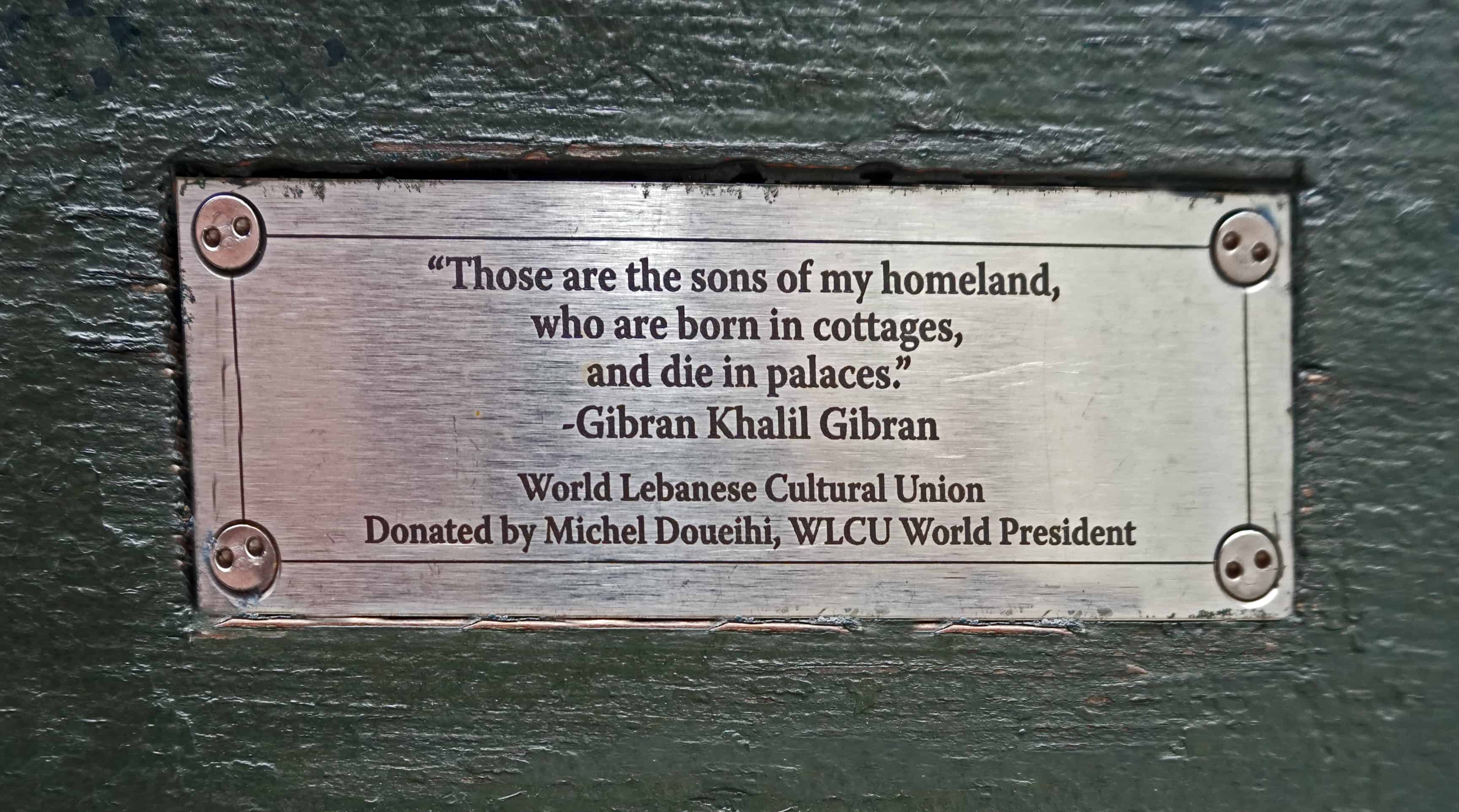
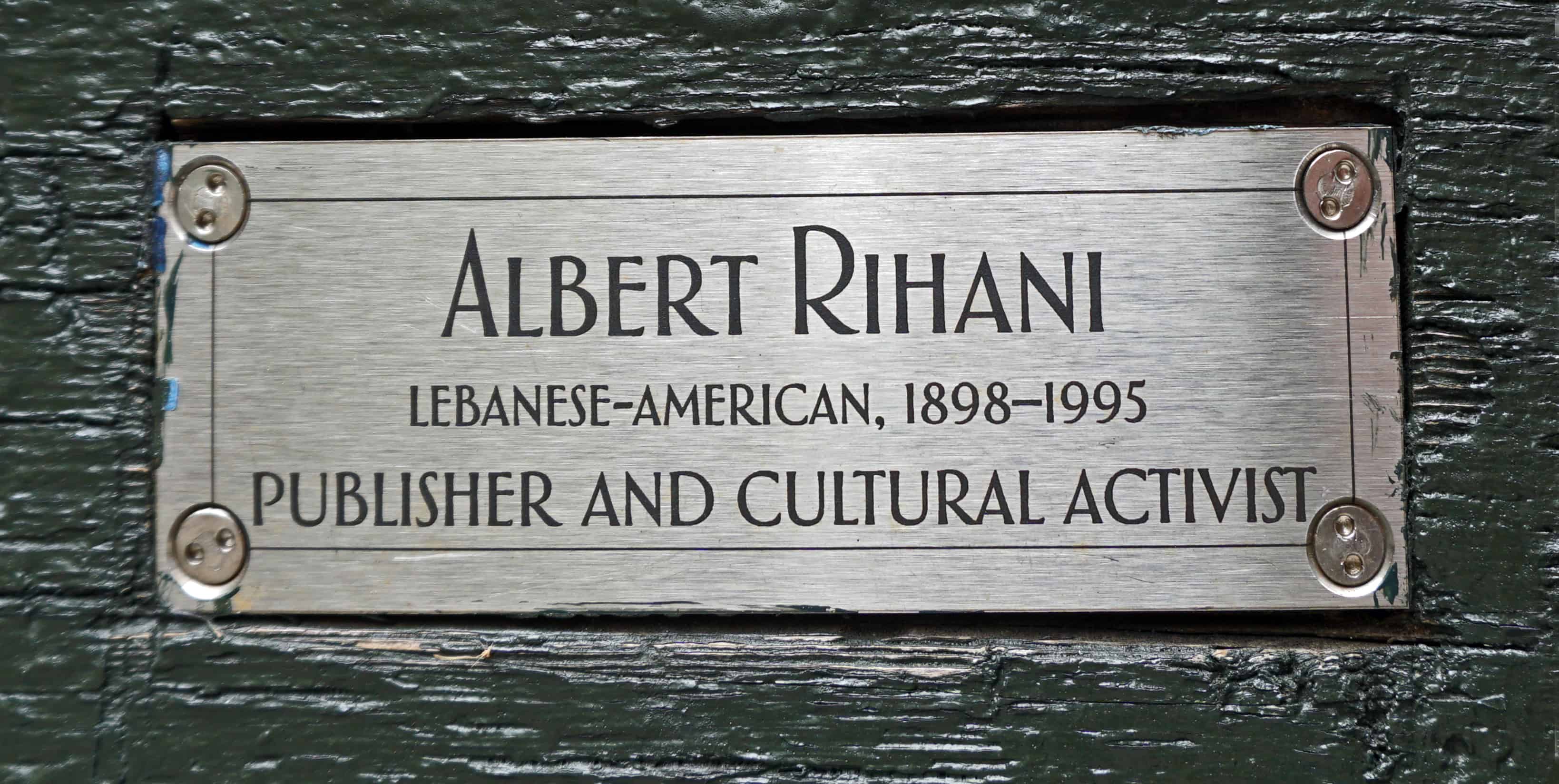
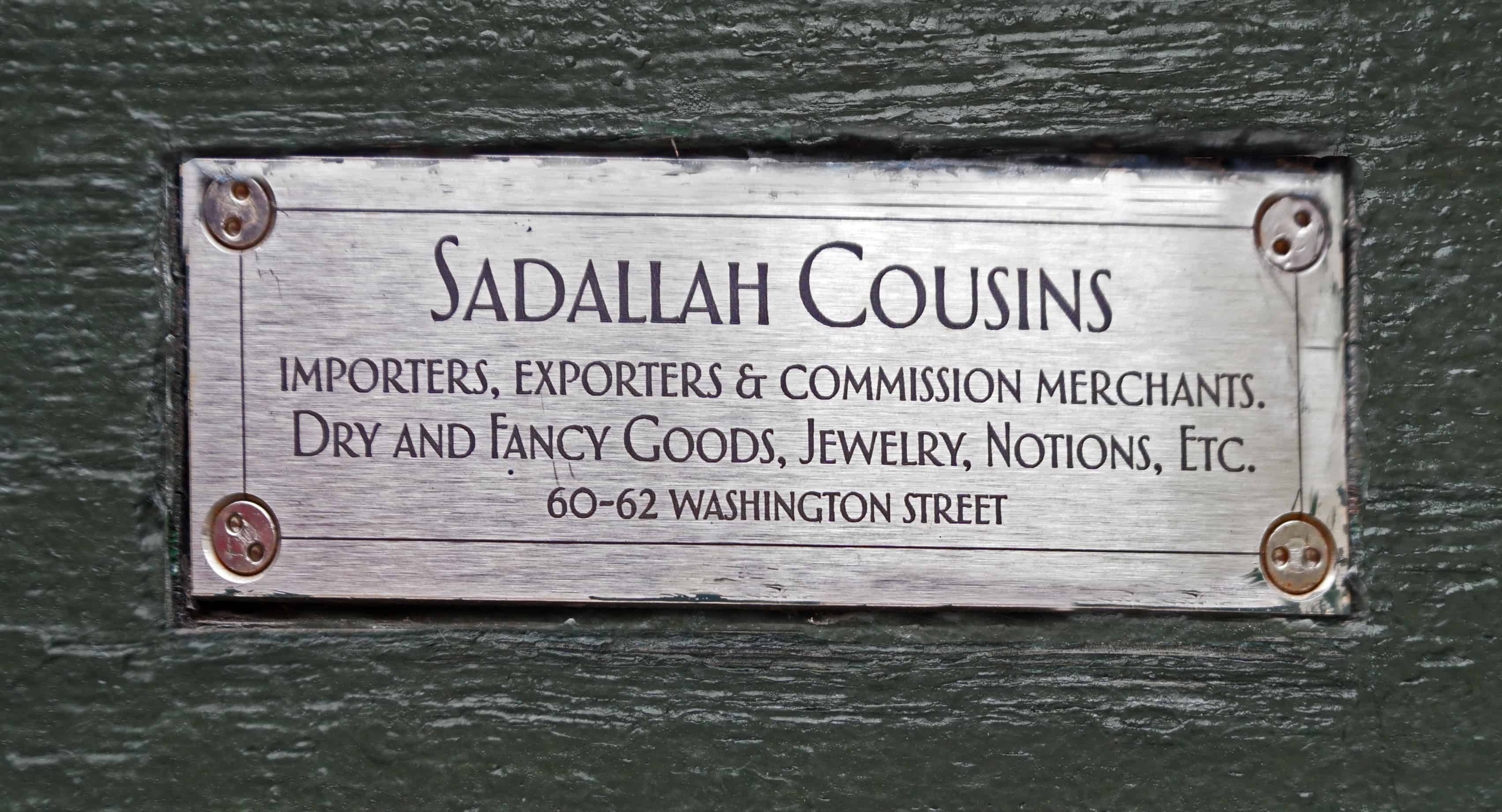
BOOKS & BLOGS ABOUT THE NEIGHBORHOOD
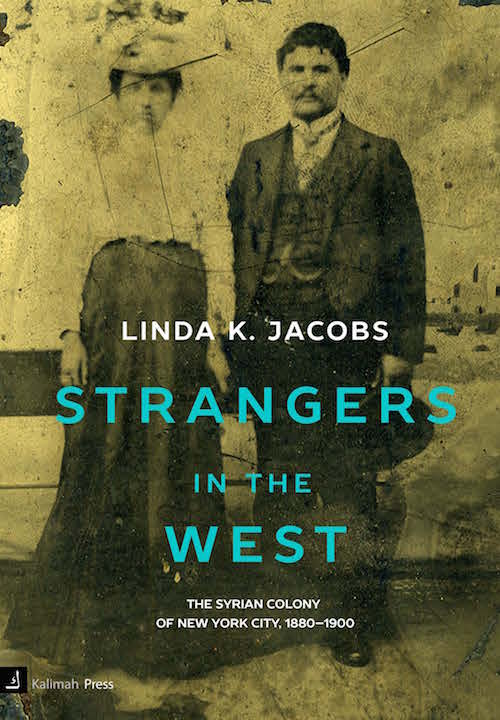
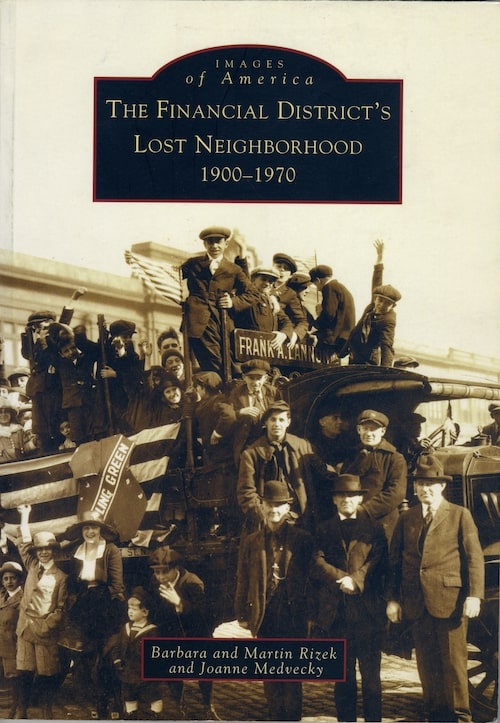
Midwest Mahjar: The Recorded Sounds of the Greater Syrian Diaspora in the United States at 78 RPM
Blog By RICHARD BREAUX
Midwest Mahjar© is a blog dedicated to uncovering the stories of Arab American musicians and music of in the 78-rpm record era. This period spans roughly from 1900 to 1961. The purpose of our site is to provide mostly biographical information on the men and women who recorded or founded record labels for an Arab American audience. It turns out, many of these musicians also performed at haflas and mahrajans in the United States during the same era, and most lack profiles online since they were Americans who primarily spoke Arabic. While our focus is Arab musicians who came to live in or were born in the United States, sometimes blog posts about recorded musicians of Arab descent who were favorites of Arab Americans lived in the mashriq or other mahjari countries may be posted.
http://syrianlebanesediasporasound.blogspot.com
ORAL HISTORIES
Memories of the Neighborhood from those Who Lived There: Oral Histories
Use the scroll arrows to see all interviews
Recalling 9/11
109 on 9/11
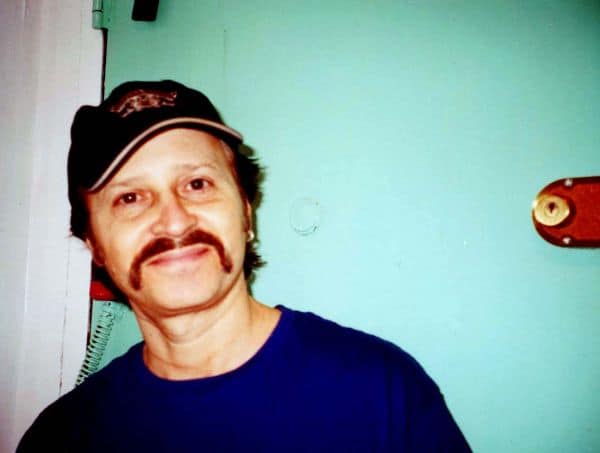
Ed Metropolis

Jim Pedersen
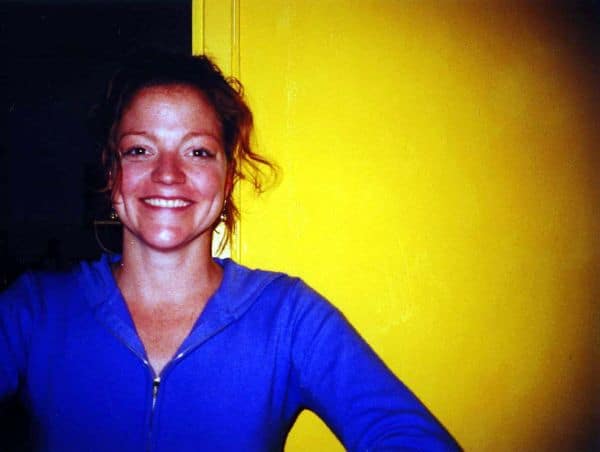
Lesley McBurney

Nancy Keegan

Erwin Silverstein
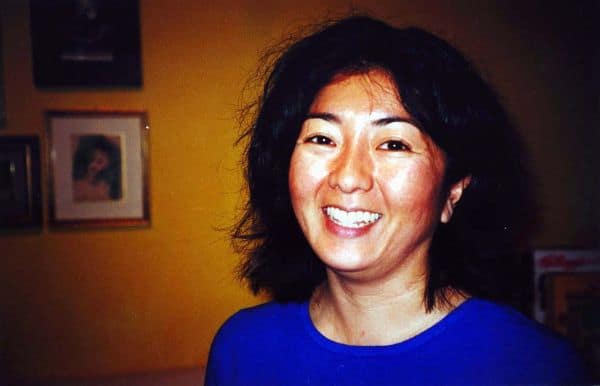
Roxanne Yamashiro
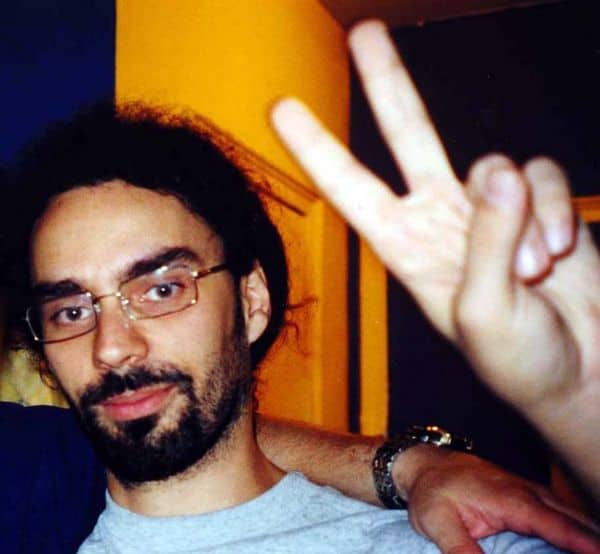
Flavio Rizzo & Veruska Cantelli
Press & News
Our Partners
- WASHINGTON STREET HISTORICAL SOCIETY: https://www.wshsnyc.org
- MIDDLE EAST FILM INITIATIVE : https://middleeastfilminitiative.com
- ARAB AMERICAN NATIONAL MUSEUM http://www.arabamericanmuseum.org/
- HISTORIC DISTRICTS COUNCIL: https://hdc.org/
- MOISE A. KHAYRALLAH CENTER FOR LEBANESE DIASPORA STUDIES: https://lebanesestudies.ncsu.edu/
- MIDWEST MAJAR: The RECORDED SOUNDS of the GREATER SYRIAN DIASPORA in the US: http://http://syrianlebanesediasporasound.blogspot.com
Events & Tours
REMEMBERING THE “PEN BOND”
2020 marks the 100th anniversary of the founding of the “Pen Bond,” a group of Syrian writers and poets who lived in the Syrian colony. Exhibitions, workshops, and poetry performances will be presented by our partner organizations this year.
BLOCK PARTY
FLWS hosted the first-ever lower west side block party on Washington Street in 2016 to call attention to our preservation efforts (right).
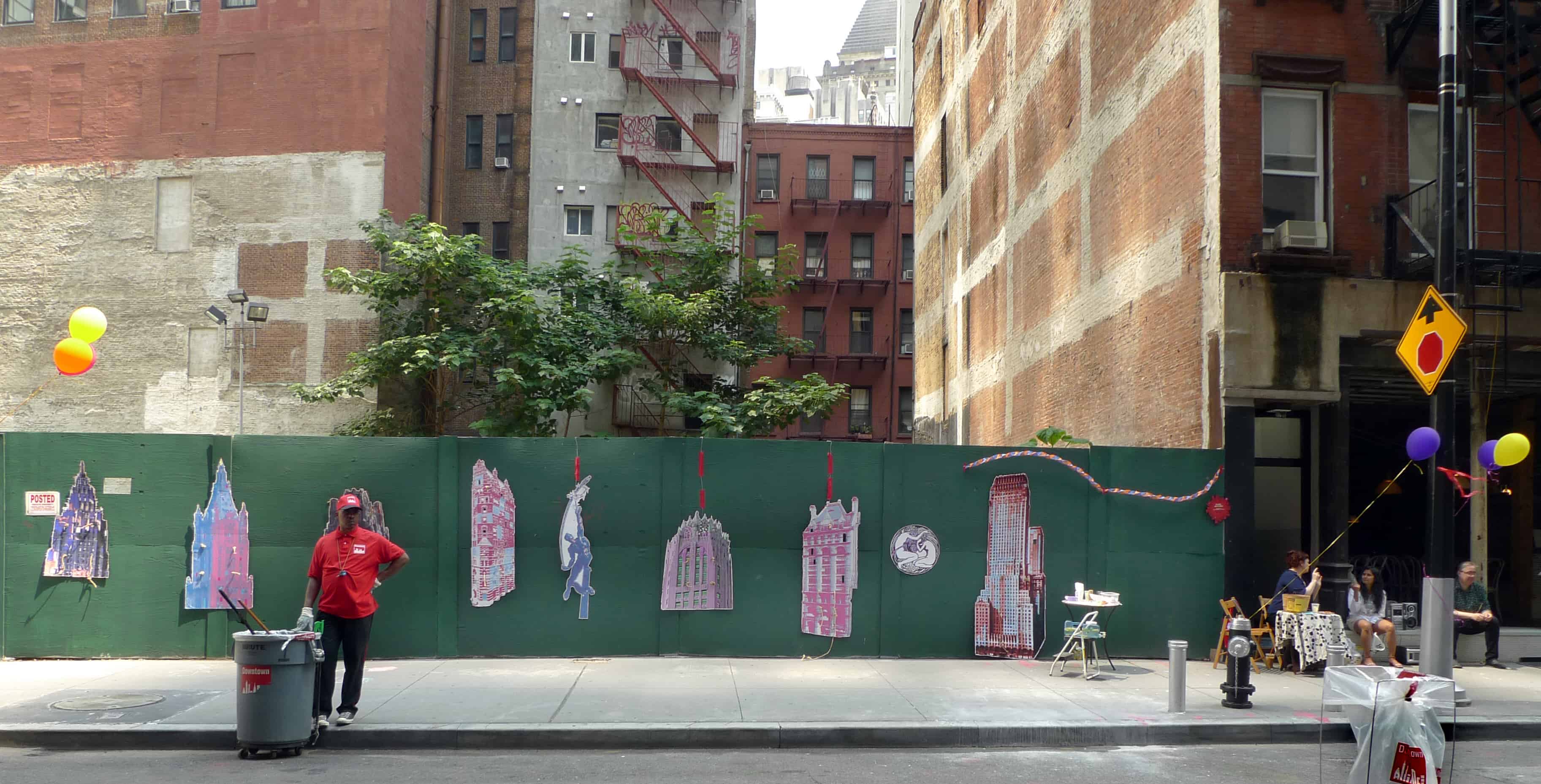
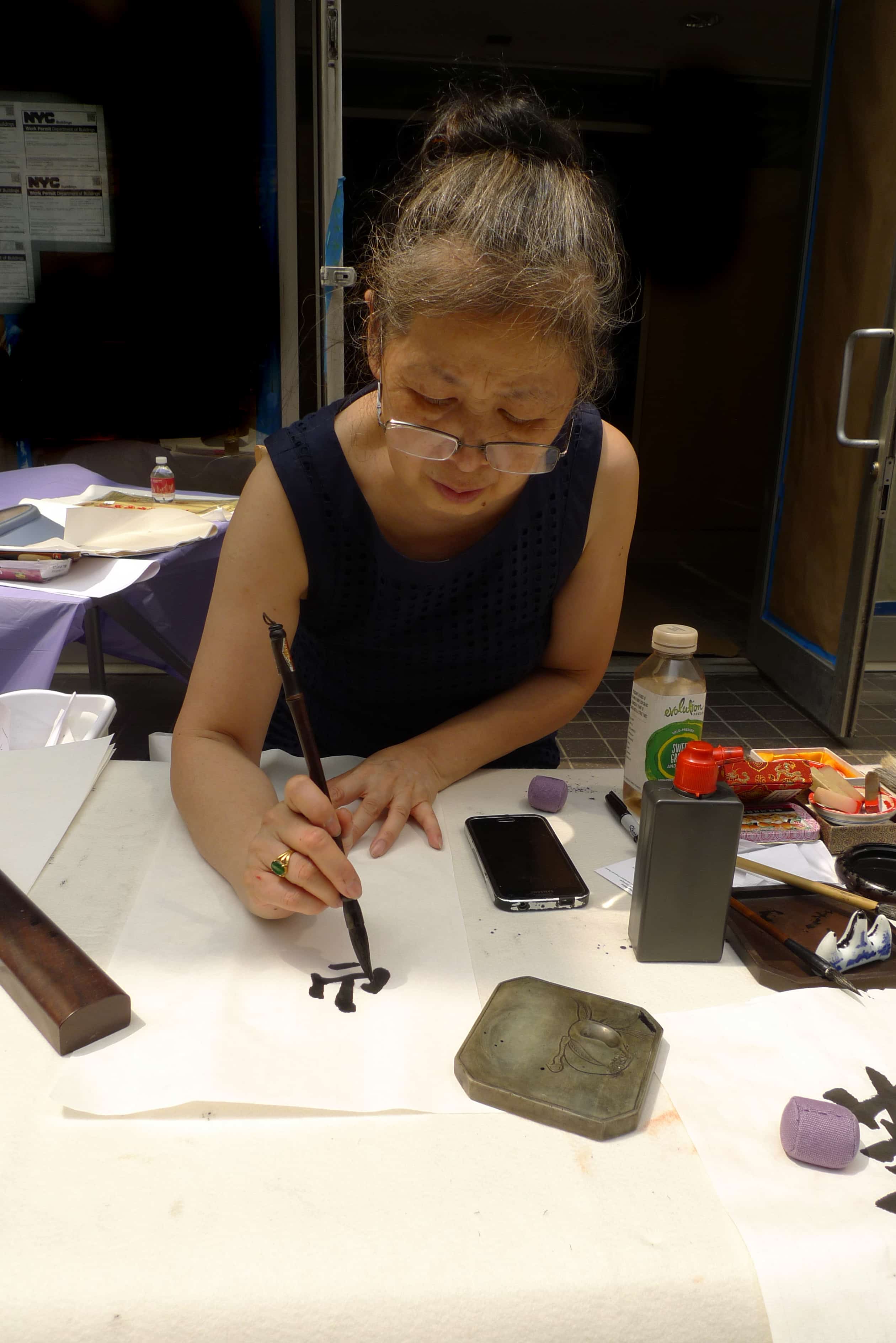
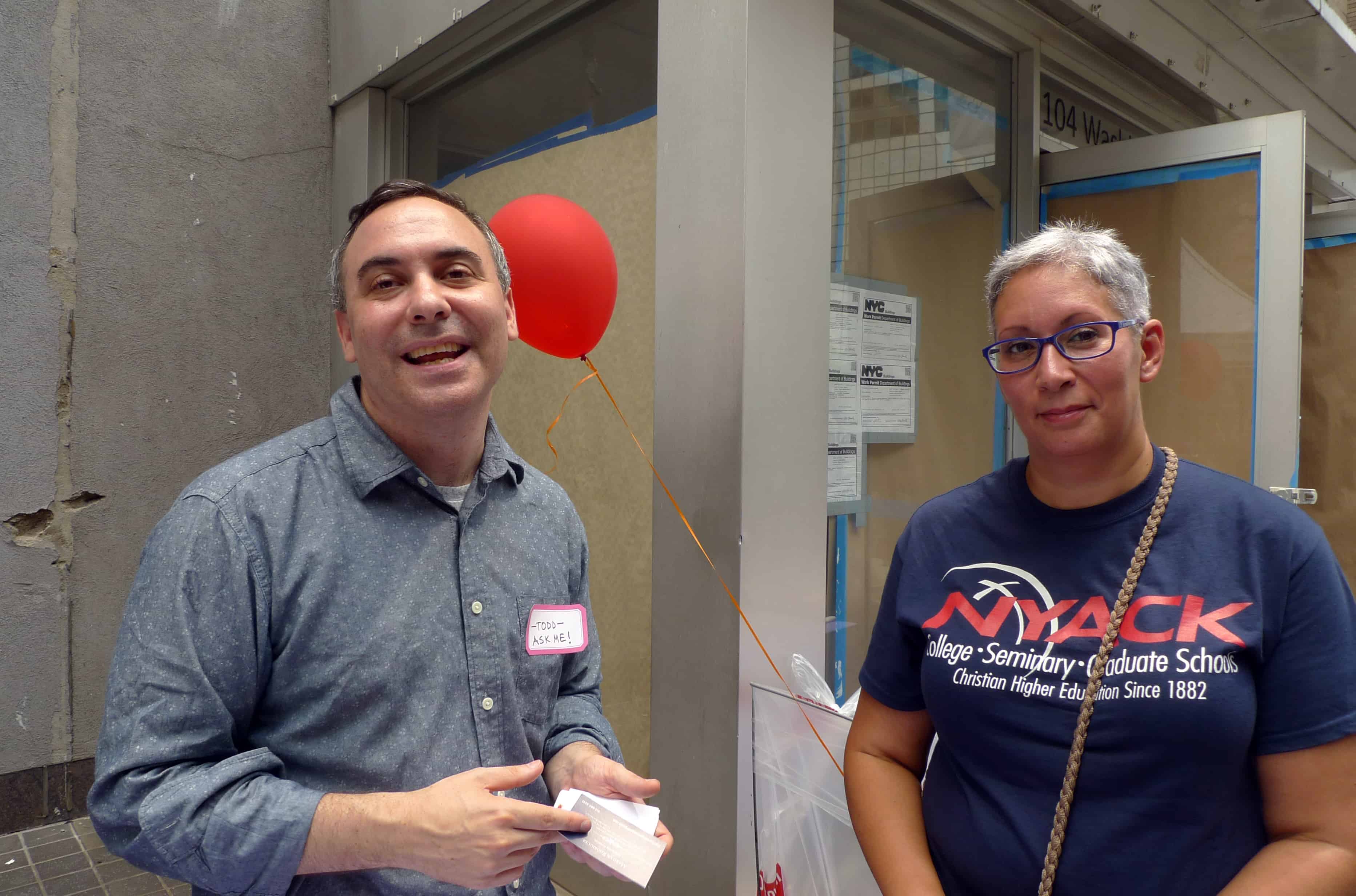
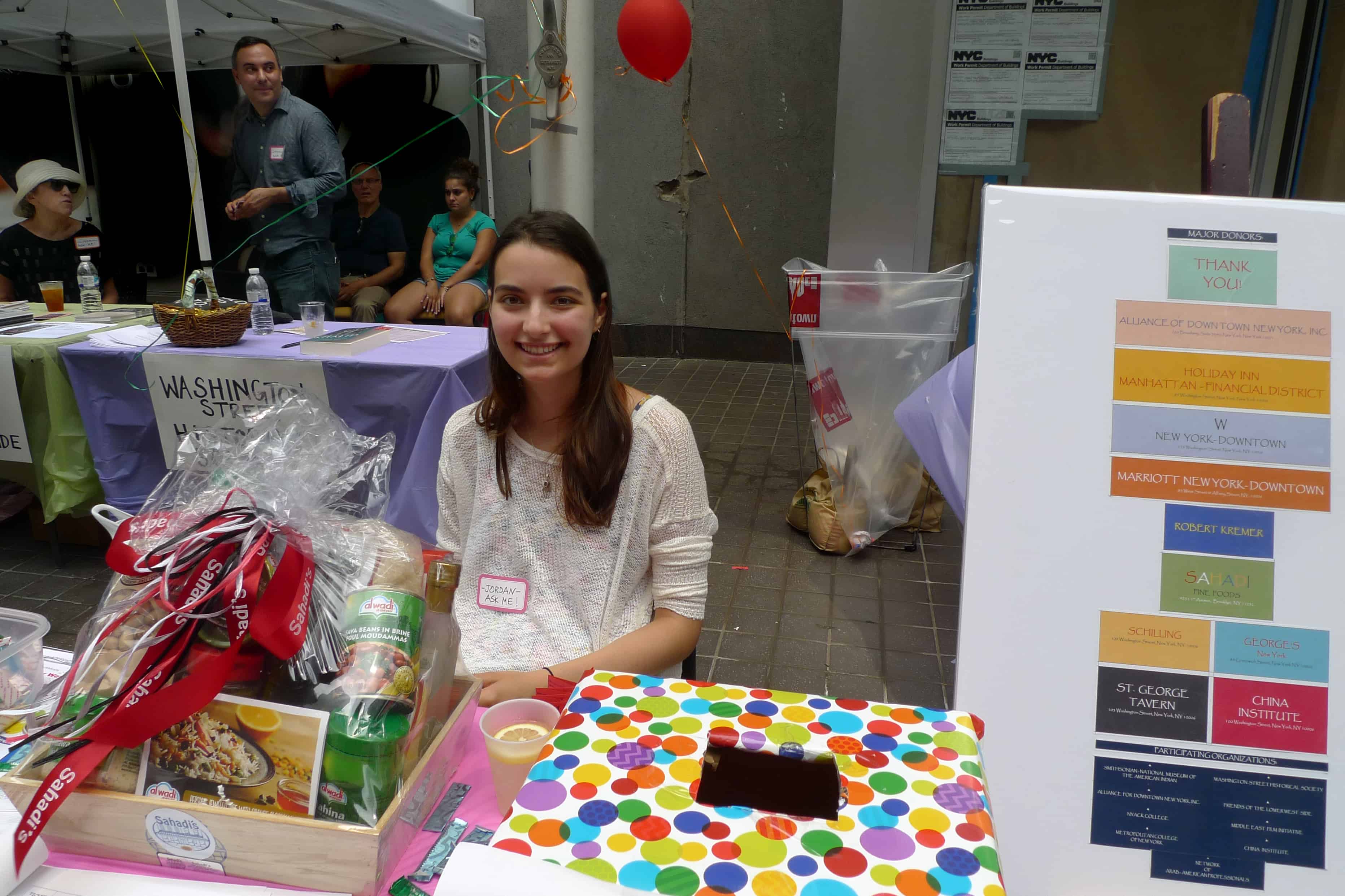

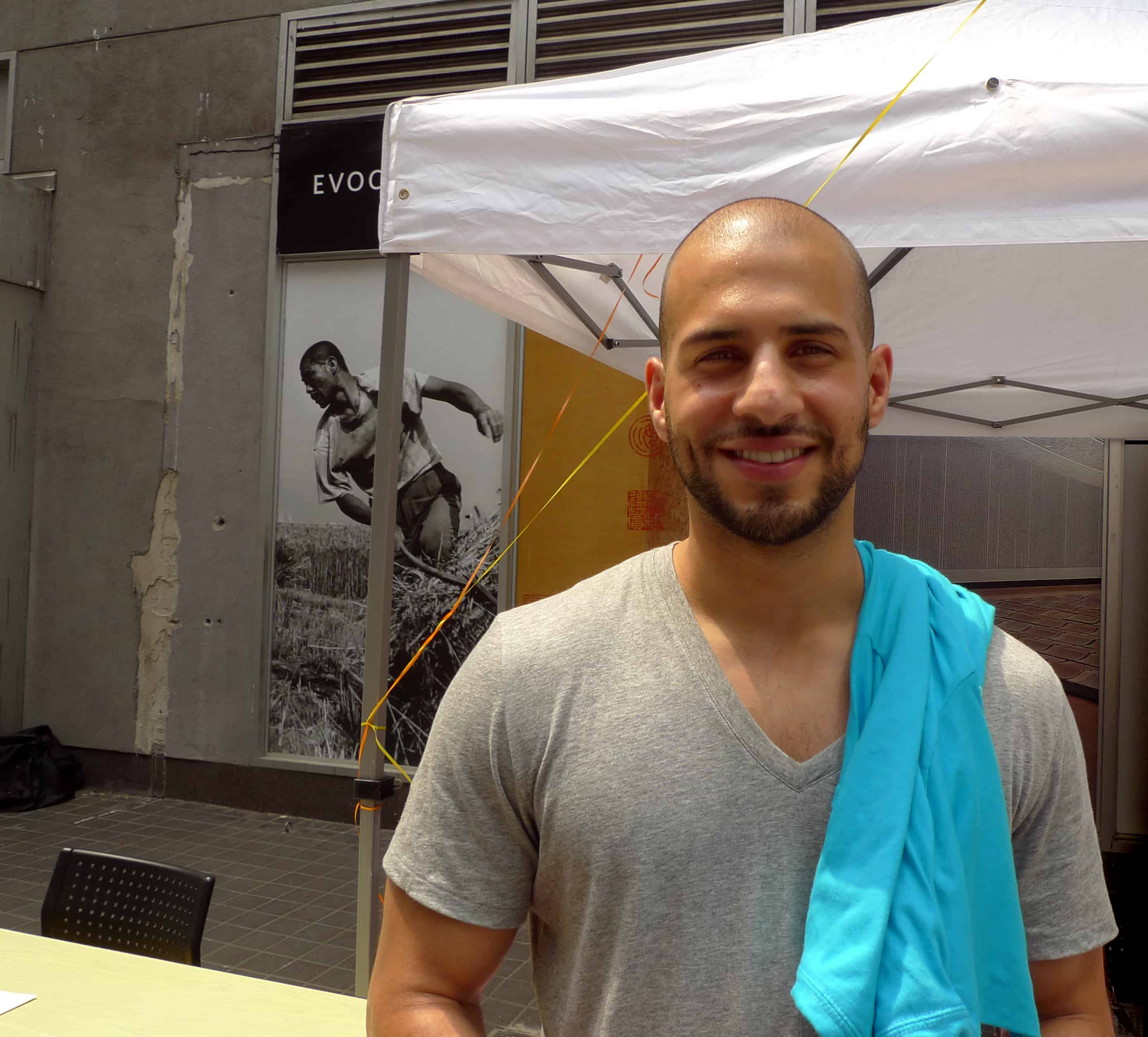




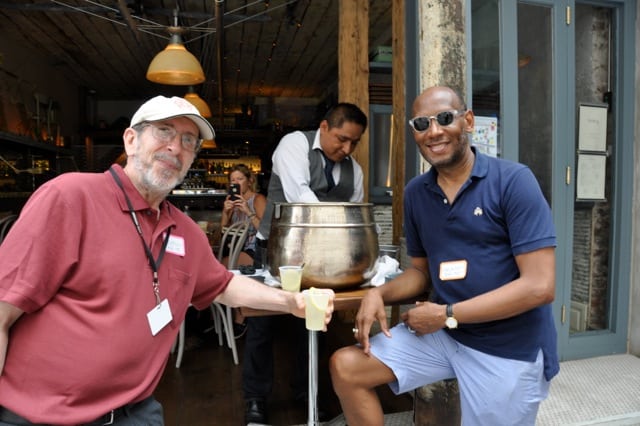
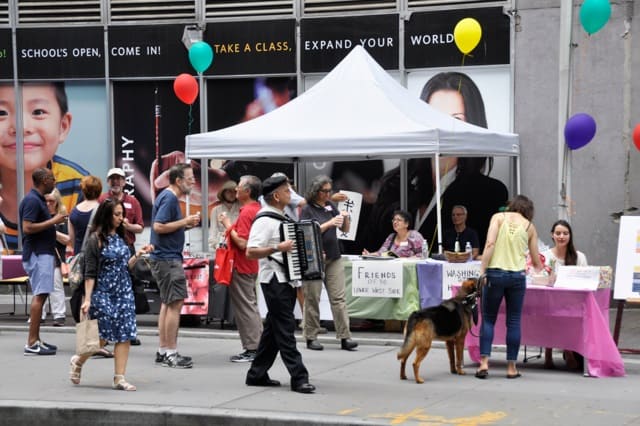

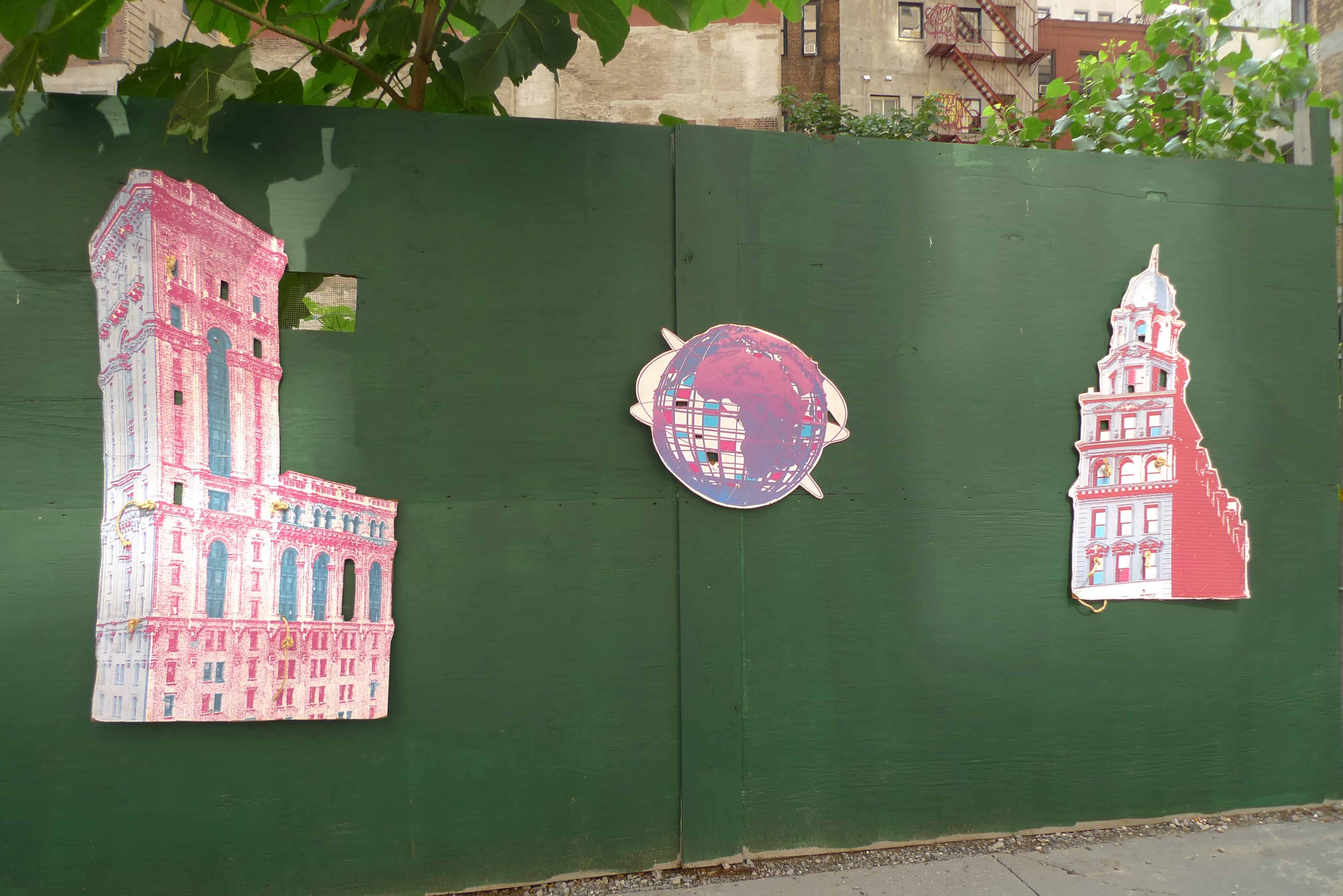


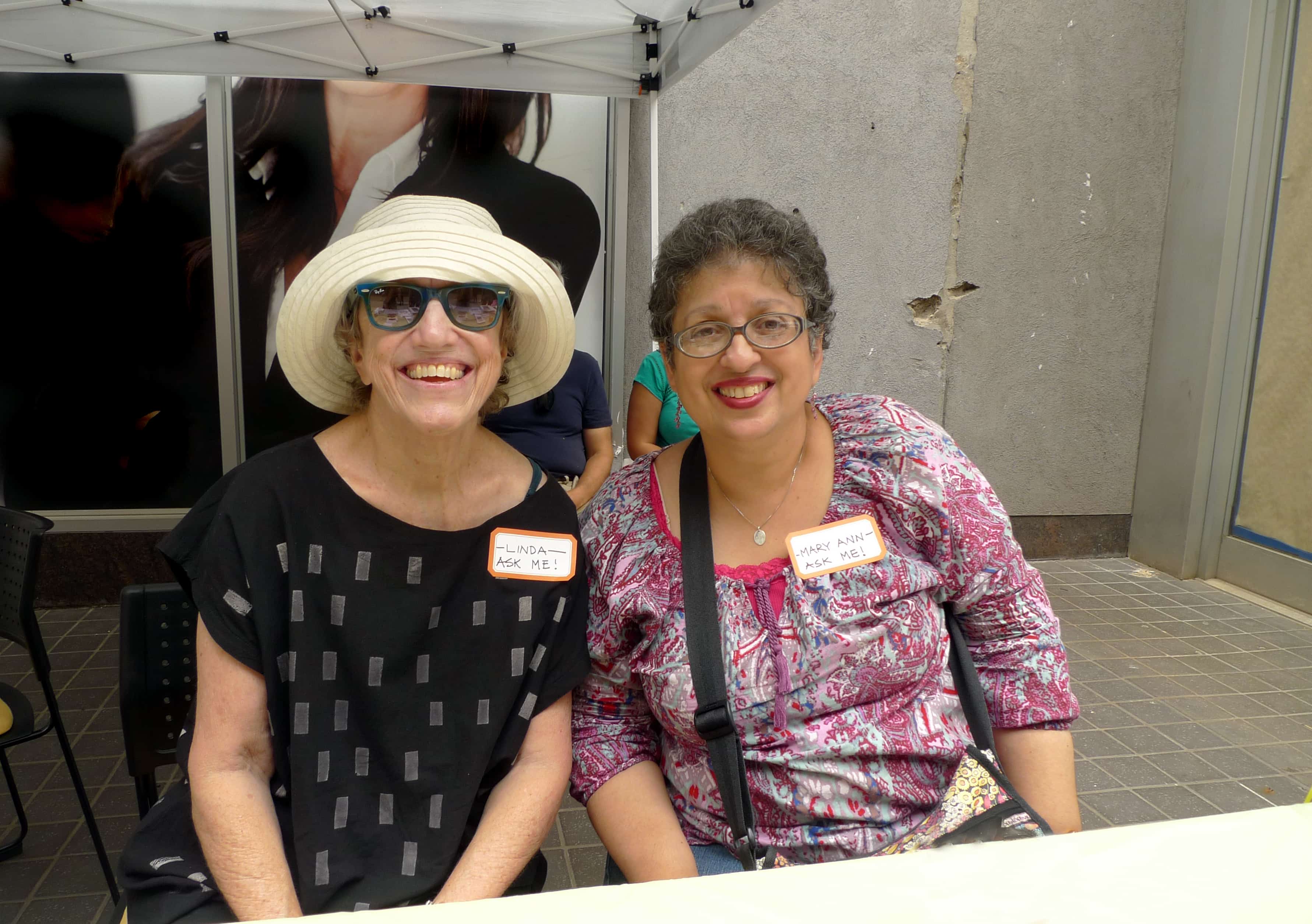
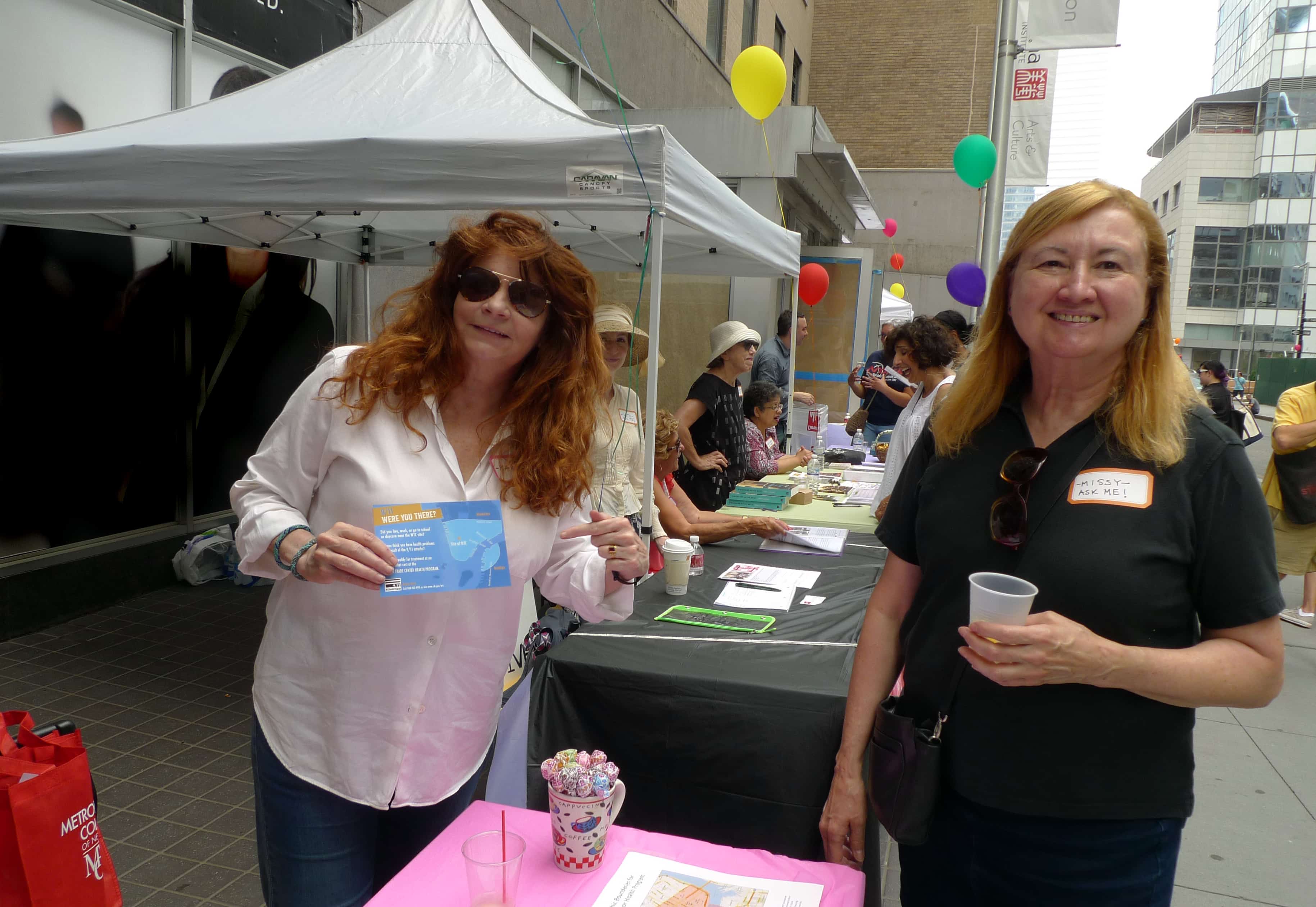

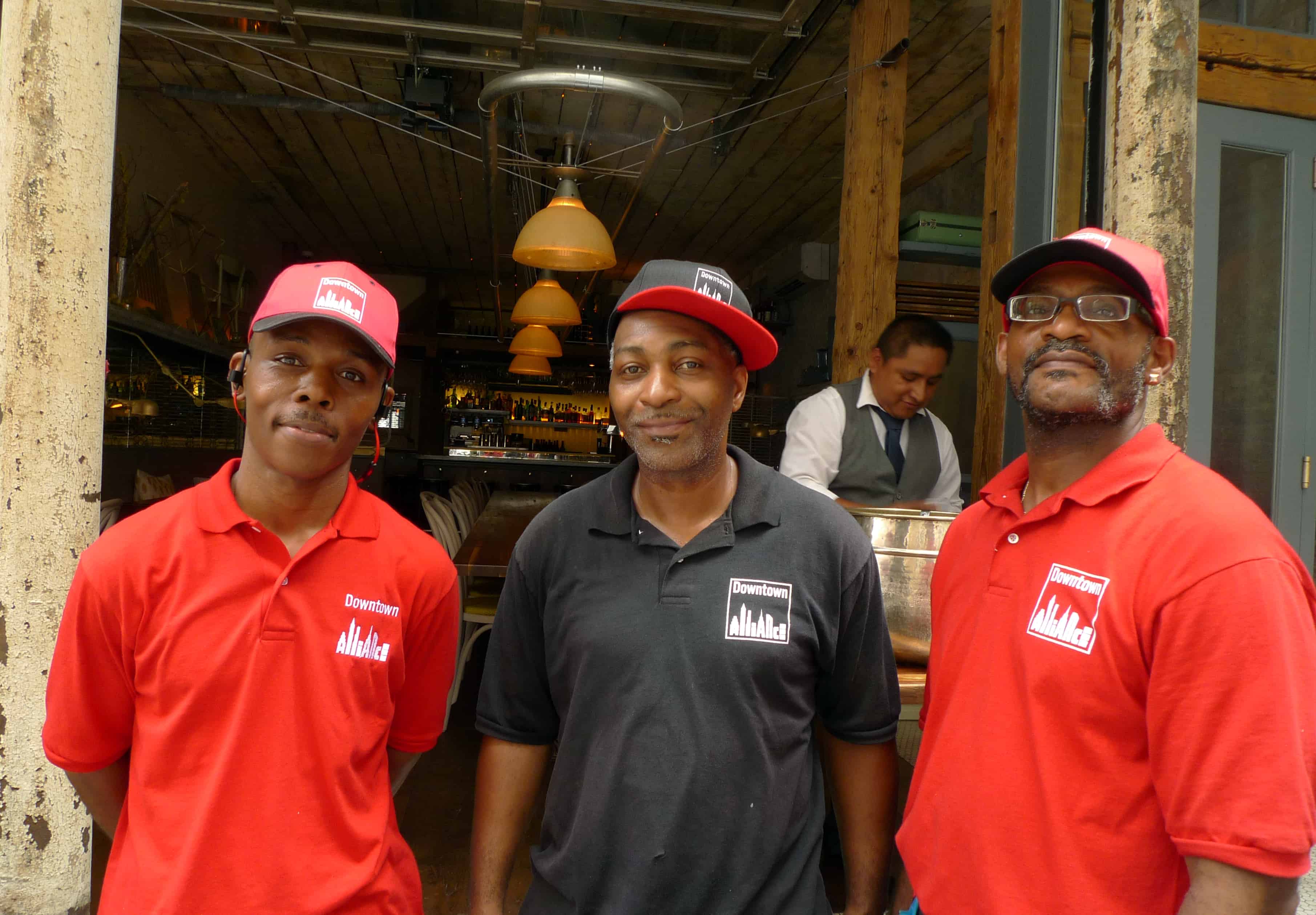


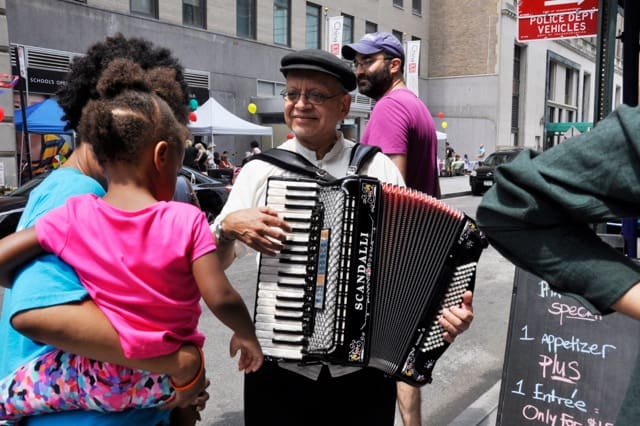
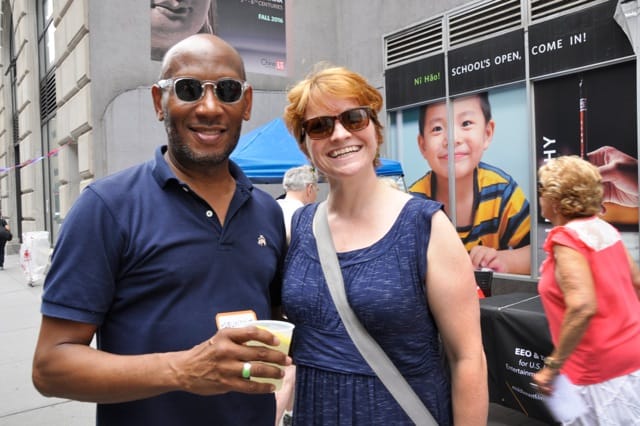




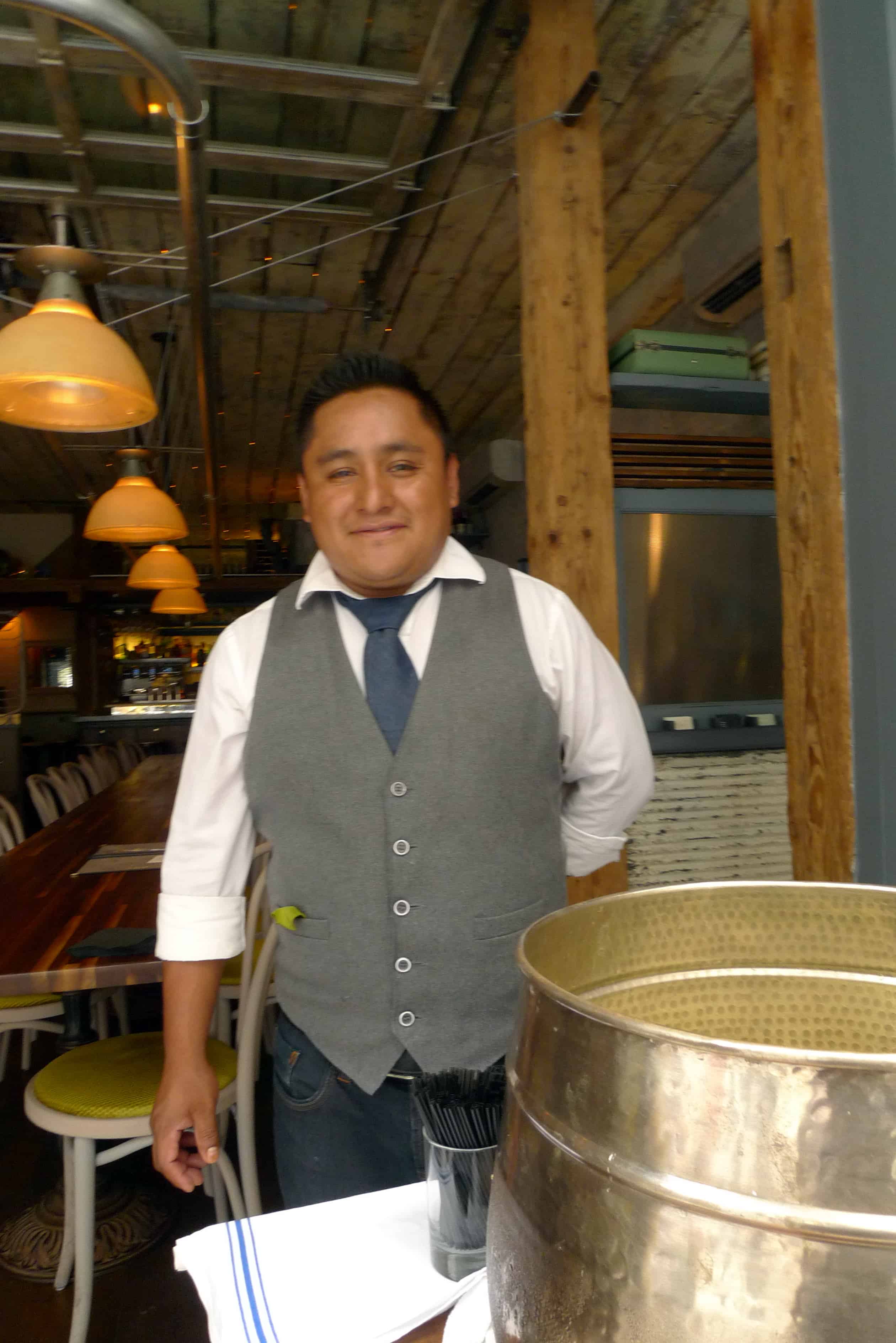
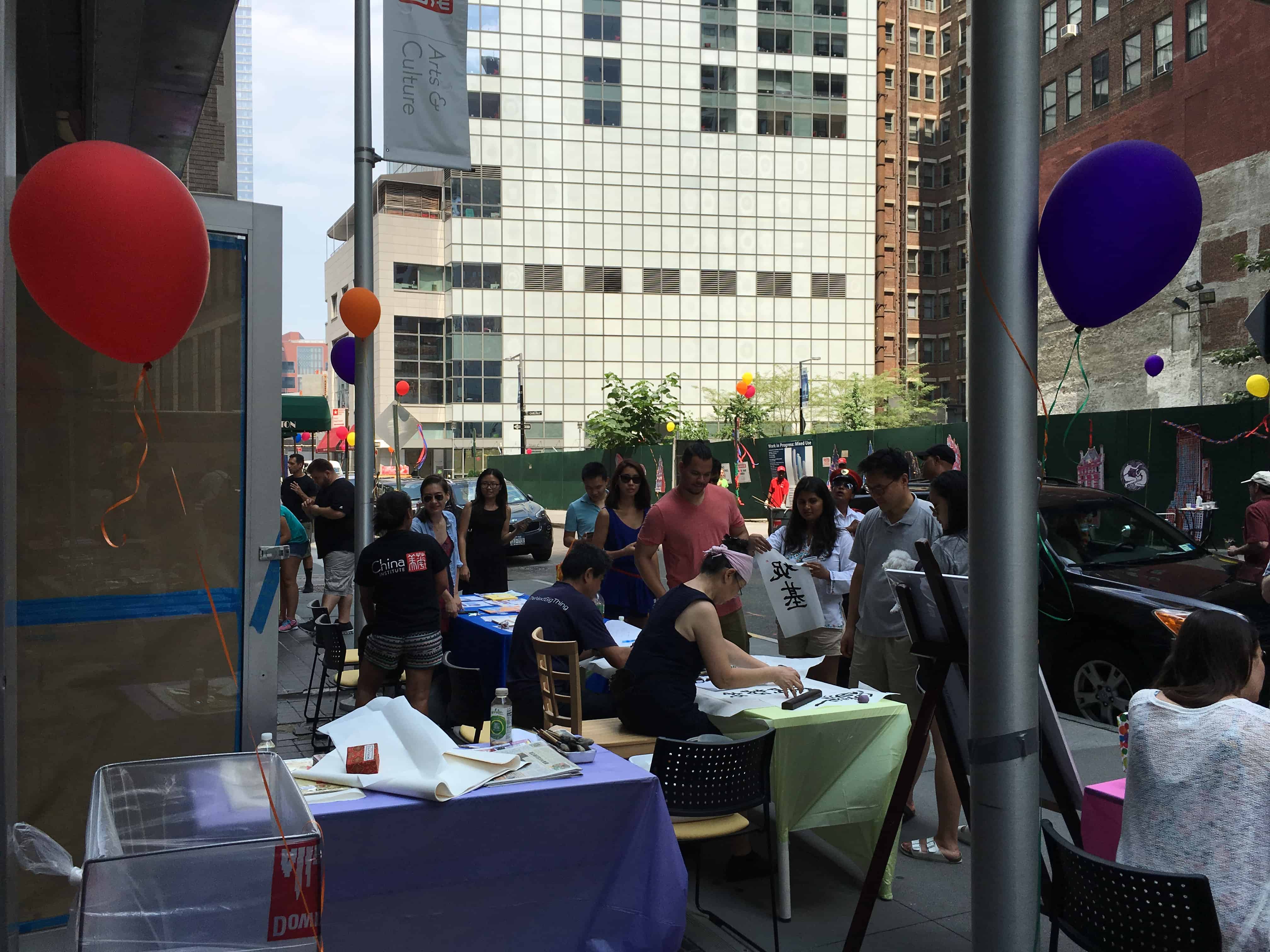
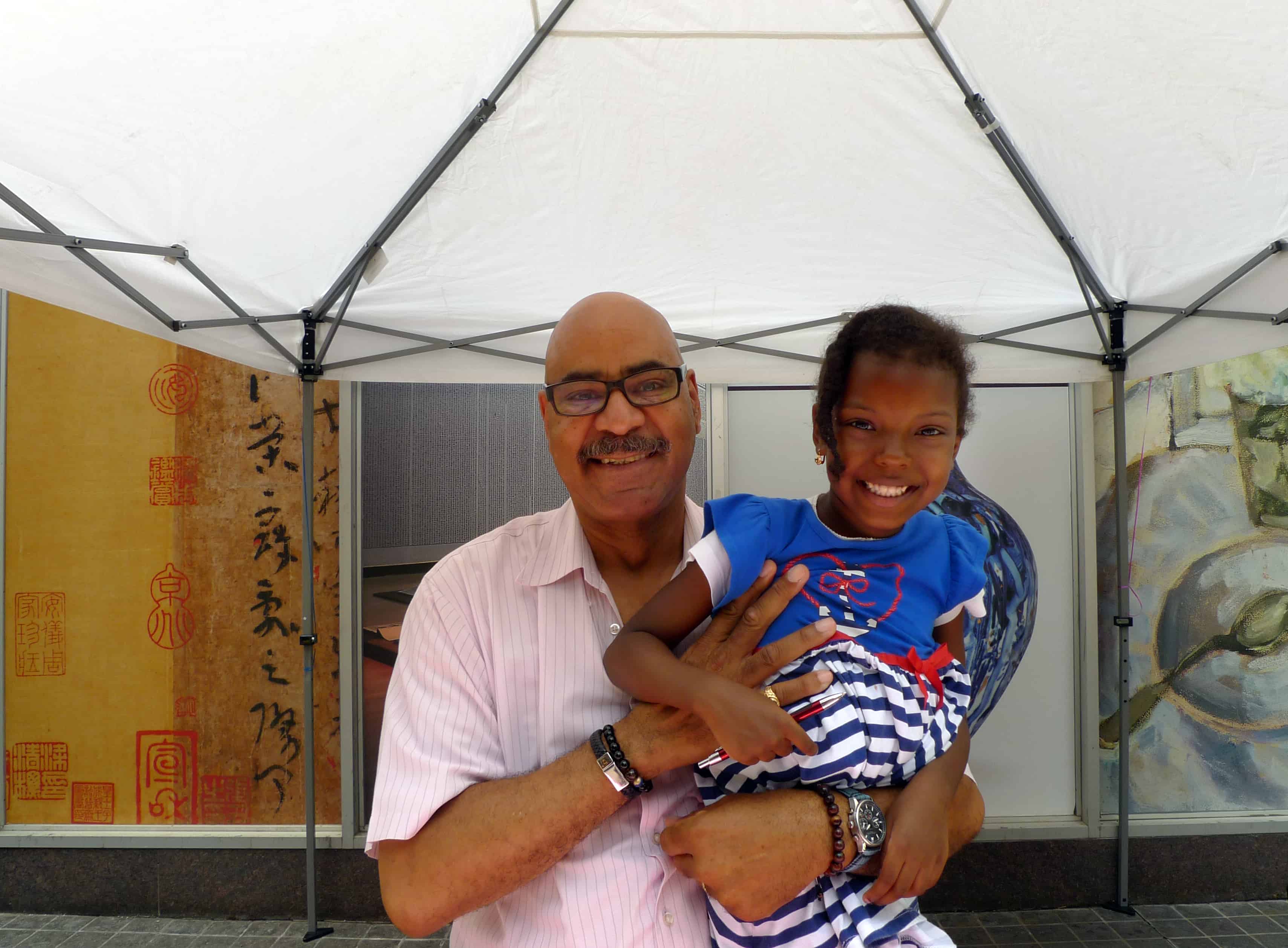
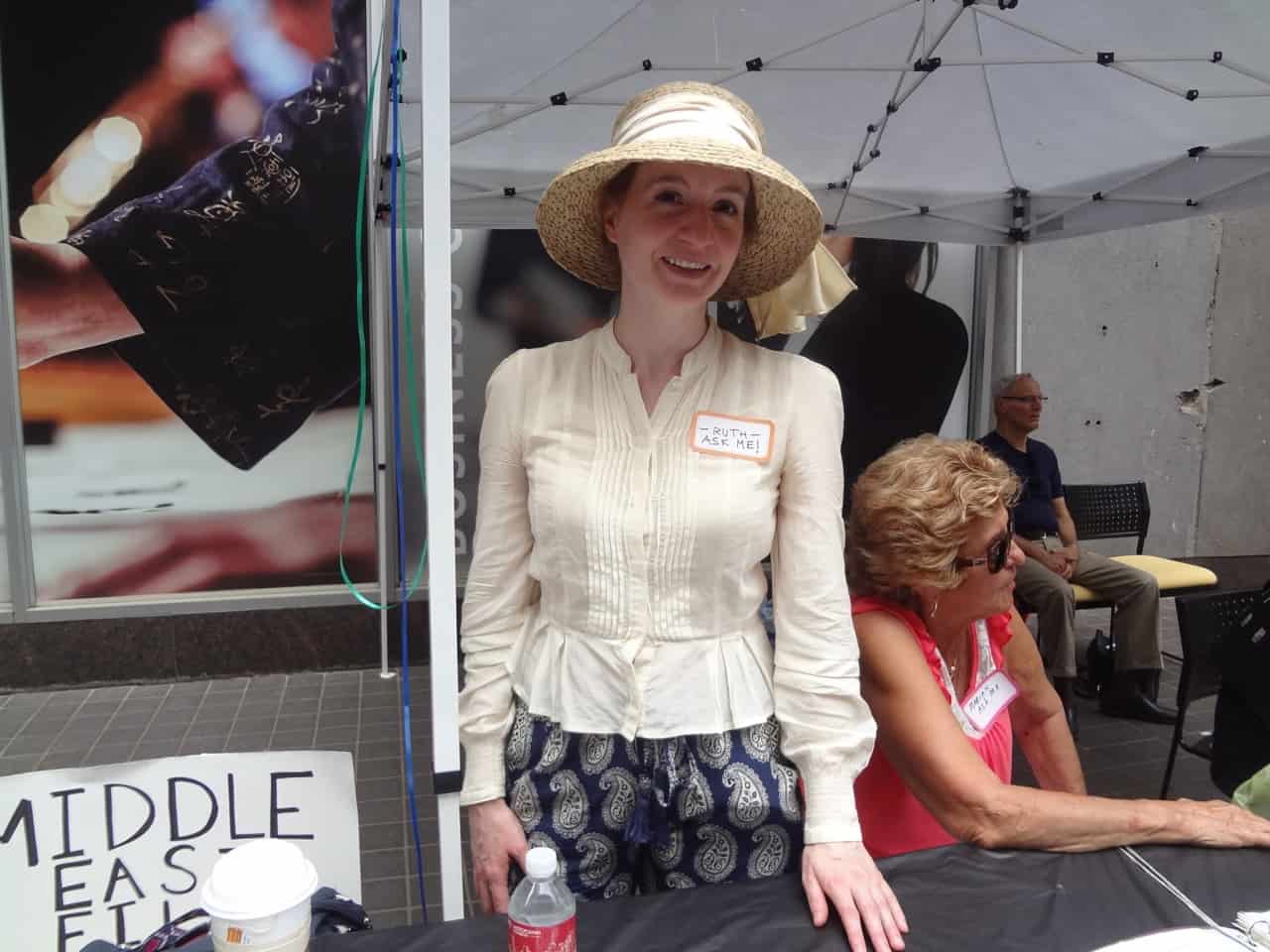
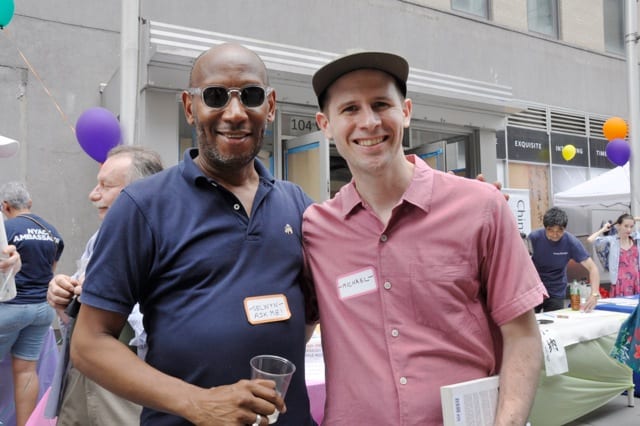
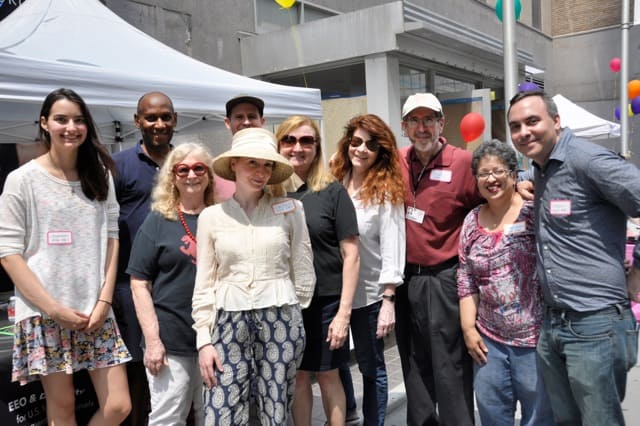
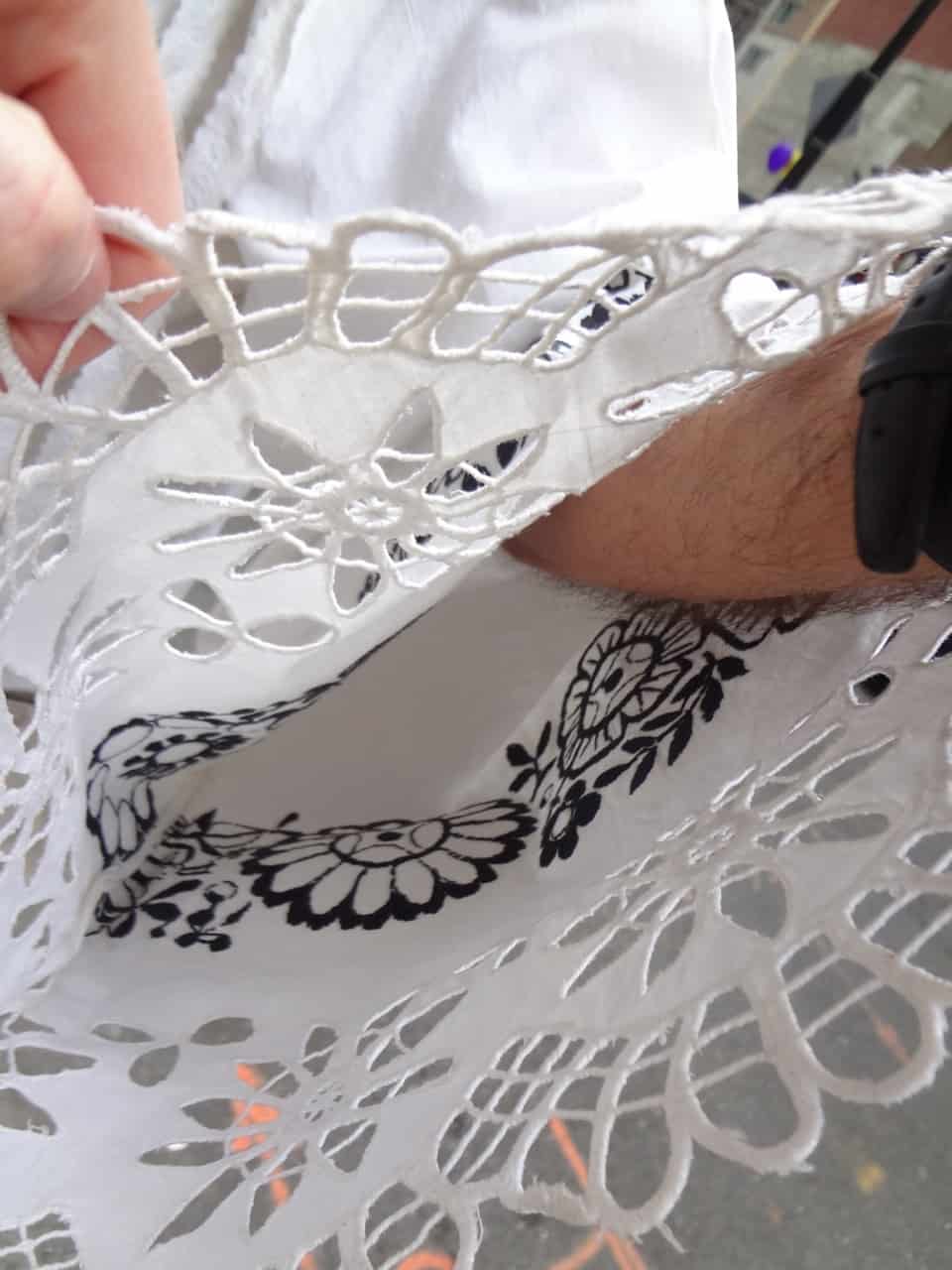
FLWS Meetings
Meetings are held monthly on a rotating schedule. Contact Esther or Joe for meeting time and place.
Tours
Tours are held several times a year. Contact Esther or Joe for tour times.
Your gifts are tax-deductible through our Partner, Historic District Council. Click on the link below.
Contact us for updates by emailing Esther Regelson at [email protected] or
Joe Svehlak at [email protected]
